Table of Contents
- Introduction to Bamboo Rayon Bedding
- Understanding Bamboo Rayon: Production Process and Safety Concerns
- OEKO-TEX Certification: Ensuring Safety Standards
- Eco-Friendly Aspects of Bamboo Sheets
- Gokotta Bamboo Cooling Sheets: A Case Study
- Benefits of Bamboo Bedding
- Comparative Analysis: Bamboo vs. Other Bedding Materials
- Customer Experience with Gokotta Sheets
- How to Choose the Best Bamboo Sheets
- Conclusion: Are Bamboo Rayon Sheets Right for You?
Introduction to Bamboo Rayon Bedding
In recent years, bamboo rayon sheets have surged in popularity, positioning themselves as an eco-friendly, luxurious alternative to traditional cotton bedding. However, many consumers remain concerned about the safety of bamboo rayon, particularly regarding its chemical processing methods and potential health implications. With manufacturers like Gokotta introducing OEKO-TEX certified bamboo cooling sheets to the market, it's important to separate facts from fiction when it comes to this innovative bedding material.
The growing interest in sustainable living has put bamboo products under the spotlight, but questions persist: Does bamboo rayon contain harmful chemicals? Is it truly eco-friendly? Can OEKO-TEX certification guarantee safety? And how do Gokotta bamboo cooling sheets stand up to these concerns while delivering on their promised benefits?
This comprehensive guide will address these questions, analyze the safety and environmental impact of bamboo rayon, and explore why brands like Gokotta have become leaders in the cooling bedding market.
Understanding Bamboo Rayon: Production Process and Safety Concerns
What Is Bamboo Rayon?
Bamboo rayon (also called viscose from bamboo) is a semi-synthetic fiber derived from bamboo pulp. The journey from bamboo plant to silky sheet involves multiple processing steps that transform the raw plant material into the luxuriously soft fabric we associate with bamboo bedding.
Unlike mechanical bamboo fabric (which retains more of the plant's natural structure), rayon requires chemical processing to break down the tough bamboo cellulose fibers into a solution that can be spun into threads. The resulting material combines the beneficial properties of bamboo with the softness and versatility of rayon.
Chemical Processing of Bamboo Rayon
The primary concern surrounding bamboo rayon centers on its manufacturing process. The standard method for creating bamboo rayon involves:
- Harvesting and crushing bamboo stalks
- Extracting the cellulose fibers
- Treating the fibers with sodium hydroxide (caustic soda)
- Processing with carbon disulfide to create a viscous solution
- Extruding this solution through spinnerets to form fibers
- Treating these fibers with sulfuric acid to harden them
- Washing, bleaching, and spinning the fibers into yarn
The chemicals involved—particularly carbon disulfide and sodium hydroxide—have raised legitimate health and environmental concerns. Carbon disulfide, when improperly handled, can cause various health issues including neurological and reproductive problems for workers.
Safety Concerns: Myths vs. Facts
Myth 1: All bamboo rayon sheets contain harmful chemicals.
Fact: While the manufacturing process uses chemicals, properly processed and certified bamboo rayon products should not contain harmful residual chemicals in the final product. The chemicals are used in processing but are not inherently part of the end product when manufactured correctly.
Myth 2: Bamboo rayon is toxic to sleep on.
Fact: High-quality bamboo rayon sheets that meet safety standards like OEKO-TEX are safe for direct skin contact and do not emit toxic substances. The concern isn't about sleeping on the sheets but rather about the manufacturing process and its environmental impact.
Myth 3: All bamboo products are equally eco-friendly.
Fact: The environmental impact varies significantly depending on the manufacturing process. Bamboo as a plant is sustainable, but the chemical processing of bamboo into rayon can diminish its eco-credentials unless properly managed.
OEKO-TEX Certification: Ensuring Safety Standards
What Is OEKO-TEX Certification?
OEKO-TEX Standard 100 is an independent testing and certification system for textiles at all stages of production. Products with this certification have been tested for harmful substances and are verified to be harmless to human health.
For bamboo rayon sheets, OEKO-TEX certification means:
- The final product has been tested for harmful chemicals
- It meets strict limits for substance emissions
- It's safe for prolonged skin contact
- The manufacturing process meets certain environmental and safety standards
Health Benefits of Certified Fabrics
OEKO-TEX certified bamboo rayon, like that used in Gokotta's sheets, offers several health advantages:
- Free from harmful levels of over 100 substances known to be harmful to human health
- Safe for people with sensitive skin or allergies
- Reduced risk of skin irritation and respiratory issues
- Tested for harmful emissions that might affect indoor air quality
This certification addresses the primary safety concerns consumers have about bamboo rayon products, ensuring that while chemicals may be used in processing, the final product reaching your bedroom is safe for everyday use.
Eco-Friendly Aspects of Bamboo Sheets
Sustainability of Bamboo as a Resource
Bamboo itself is remarkably sustainable:
- It's one of the fastest-growing plants on Earth, with some species growing up to 3 feet in 24 hours
- Requires no pesticides or fertilizers to thrive
- Needs minimal water compared to cotton
- Produces 35% more oxygen than equivalent stands of trees
- Regenerates from its own roots without requiring replanting
These qualities make bamboo an exceptionally renewable resource, but the environmental benefits can be compromised depending on how it's processed into fabric.
Environmental Impact of Processing
The conventional viscose process has significant environmental drawbacks:
- Heavy chemical use
- Potential water and air pollution if waste isn't properly treated
- Energy-intensive manufacturing
However, improvements in manufacturing technologies are addressing these concerns. Newer methods like the lyocell process (sometimes marketed as Tencel) use closed-loop systems that recycle solvents, dramatically reducing environmental impact.
Brands committed to sustainability, including some of Gokotta's product lines, are increasingly adopting these improved processes or ensuring their manufacturing partners follow strict environmental protocols.
Biodegradability and End-of-Life Considerations
Bamboo rayon offers an advantage over synthetic materials at the end of its lifecycle:
- Biodegrades more quickly than synthetic alternatives
- Typically decomposes within 5-8 years in landfill conditions
- Doesn't release microplastics during washing or decomposition
This biodegradability adds to the overall eco-friendly profile of bamboo rayon sheets when considering their full lifecycle impact.
Gokotta Bamboo Cooling Sheets: A Case Study
Product Overview
Gokotta has established itself as a premium provider of bamboo rayon bedding, with a particular focus on cooling properties. Their 100% bamboo rayon sheet sets typically include:
- Fitted sheet with deep pockets to accommodate various mattress heights
- Flat sheet
- Pillowcases with envelope closures
- Available in a range of soothing, natural colors
The brand emphasizes both comfort and responsibility, highlighting their OEKO-TEX certification across product lines.
Cooling Properties Analysis
Gokotta's sheets are marketed specifically for their cooling properties, which stem from several natural characteristics of bamboo rayon:
- Highly breathable fiber structure that allows heat to escape
- Excellent moisture-wicking capability that draws sweat away from the body
- Temperature regulation that feels cool in summer and warm in winter
- Microscopic gaps in the fiber that enhance airflow
Consumer reviews consistently highlight these cooling benefits, with many users reporting significant improvement in sleep quality, particularly for hot sleepers and those experiencing night sweats.
Safety and Certification
Gokotta addresses safety concerns directly by obtaining OEKO-TEX Standard 100 certification for their products. This means their bamboo rayon sheets have been tested for:
- Regulated and unregulated harmful substances
- Chemicals that could pose risks to human health
- Compliance with European REACH regulations on chemical safety
Beyond certification, the company emphasizes transparency in their manufacturing processes and material sourcing, providing customers with detailed information about their production standards.
Benefits of Bamboo Bedding
Temperature Regulation
The natural temperature-regulating properties of bamboo rayon make it ideal for:
- Hot sleepers who overheat at night
- Couples with different temperature preferences
- Year-round comfort in varying climates
- Menopausal women experiencing hot flashes
The thermoregulating effect comes from bamboo's breathable structure, which allows air to circulate freely through the fabric.
Moisture-Wicking Properties
Bamboo rayon can absorb up to three times its weight in water, which translates to practical benefits:
- Draws moisture away from the body during sleep
- Reduces the clammy feeling associated with night sweats
- Helps maintain dry, comfortable sleeping conditions
- Minimizes the humid microclimate that can develop between sheets and sleepers
Hypoallergenic Qualities
For allergy sufferers, bamboo rayon offers several advantages:
- Natural resistance to dust mites
- Antimicrobial properties that inhibit bacterial growth
- Reduced likelihood of skin irritation
- Minimized habitat for common allergens
These properties make bamboo bedding particularly valuable for those with sensitive skin or respiratory concerns.
Durability and Longevity
With proper care, quality bamboo rayon sheets like Gokotta's can deliver impressive durability:
- Typically last 5-7 years with proper care
- Maintain softness through multiple washes
- Resist pilling better than many comparable fabrics
- Retain their cooling properties throughout their lifespan
This longevity contributes to both consumer value and environmental sustainability.
Comparative Analysis: Bamboo vs. Other Bedding Materials
| Feature | Bamboo Rayon | Cotton | Linen | Synthetic |
|---|---|---|---|---|
| Cooling Properties | Excellent | Good | Excellent | Poor |
| Moisture-Wicking | Excellent | Good | Good | Poor to Good |
| Softness | Very Soft | Soft | Initially Rough | Varies |
| Durability | Good | Excellent | Excellent | Variable |
| Eco-Friendliness | Good* | Good | Excellent | Poor |
| Hypoallergenic | Yes | Varies | Yes | Varies |
| Price Range | $$-$$$ | $-$$$ | $$-$$$ | $-$$ |
| *Depends on manufacturing process and certifications | ||||
| Benefit | Description | Ideal For |
|---|---|---|
| Temperature Regulation | Naturally cooling and breathable | Hot sleepers, night sweats |
| Moisture Management | Wicks away moisture, keeping skin dry | Active sleepers, humid climates |
| Hypoallergenic | Resistant to dust mites, mold, and allergens | Allergy sufferers, sensitive skin |
| Softness | Exceptionally soft feel, comparable to luxury cotton | Comfort seekers, sensitive skin |
| OEKO-TEX Certified | Free from harmful substances | Health-conscious consumers, families |
| Sustainable | Made from renewable bamboo resource | Environmentally conscious consumers |
| Durable | Maintains quality through multiple washes | Value seekers, long-term investment |
Customer Experience with Gokotta Sheets
Analysis of customer reviews on Amazon reveals several common themes among Gokotta users:
- Consistent praise for the cooling effect, particularly from hot sleepers
- Appreciation for the silky, soft texture that rivals more expensive options
- Positive feedback on the deep pocket design that accommodates thicker mattresses
- Mentions of improved sleep quality due to better temperature regulation
- Comments on the vibrant colors that maintain their hue after washing
Negative reviews are relatively rare but occasionally mention:
- Concerns about wrinkles (common with bamboo rayon)
- Occasional sizing inconsistencies
- Questions about the durability of the thinner material (though the majority report good longevity)
The overall sentiment suggests high satisfaction, particularly among customers who prioritize cooling properties and comfort.
How to Choose the Best Bamboo Sheets
When shopping for bamboo rayon sheets like those offered by Gokotta, consider these factors:
- Certification: Look for OEKO-TEX certification to ensure safety standards.
- Thread Count: Unlike cotton, bamboo rayon doesn't require high thread counts for softness. Quality bamboo sheets typically range from 250-350 thread count.
- Weave: Sateen weaves offer a silkier feel, while twill weaves may provide better durability.
- Pocket Depth: Ensure the fitted sheet accommodates your mattress thickness, especially if you use a mattress topper.
- Care Instructions: Check whether the sheets require special care, as bamboo rayon typically needs gentler washing.
- Blend vs. 100% Bamboo: Pure bamboo rayon (like Gokotta's) generally offers better cooling properties than blended fabrics.
- Return Policy: Given the investment, choose brands that stand behind their products with solid return policies.
Conclusion: Are Bamboo Rayon Sheets Right for You?
After analyzing the safety concerns, environmental impact, and performance benefits of bamboo rayon sheets, we can draw several conclusions:
- Safety: OEKO-TEX certified bamboo rayon sheets like those from Gokotta are safe for use, containing no harmful levels of chemicals in the finished product. The concerns about toxicity primarily relate to manufacturing processes rather than the end product.
- Environmental Impact: While bamboo itself is sustainable, the processing into rayon carries environmental considerations. Brands committed to better practices and transparency deserve support from eco-conscious consumers.
- Cooling Performance: For hot sleepers or those in warm climates, bamboo rayon's cooling properties offer a significant advantage over many alternatives, potentially improving sleep quality.
- Value Proposition: Though typically more expensive than basic cotton options, the durability and performance benefits of quality bamboo sheets like Gokotta's can justify the investment for many consumers.
Bamboo rayon sheets represent a compelling option for those seeking cooling comfort with hypoallergenic benefits. With proper certification, these sheets address safety concerns while delivering on their performance promises. For consumers prioritizing temperature regulation and softness in their bedding, OEKO-TEX certified options like Gokotta's cooling sheets offer a solution that balances comfort, health considerations, and environmental awareness.
When selecting bamboo rayon bedding, prioritize brands that maintain transparency about their manufacturing processes and hold reputable certifications—this approach ensures you'll enjoy all the benefits of bamboo without unnecessary concerns about safety or environmental impact.








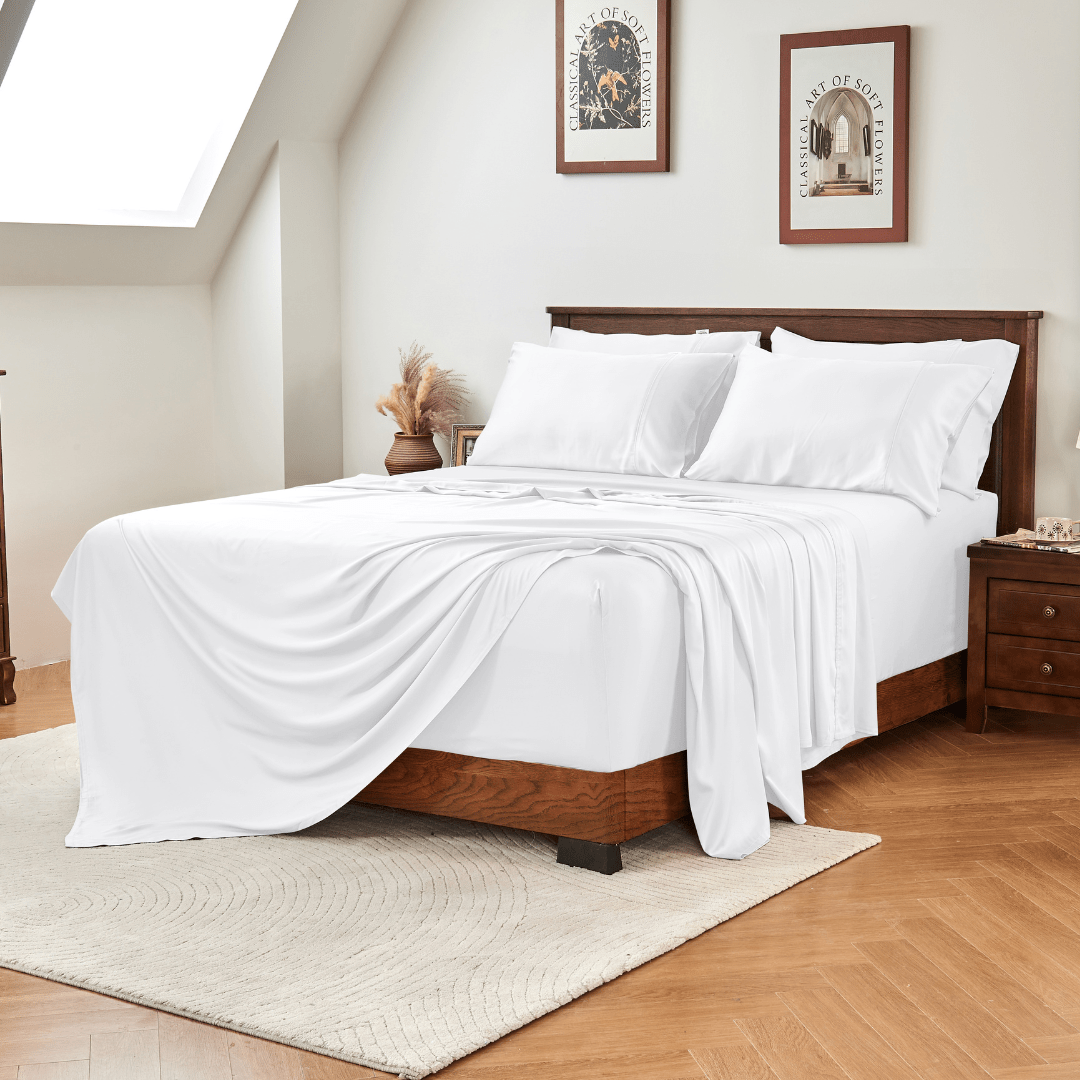
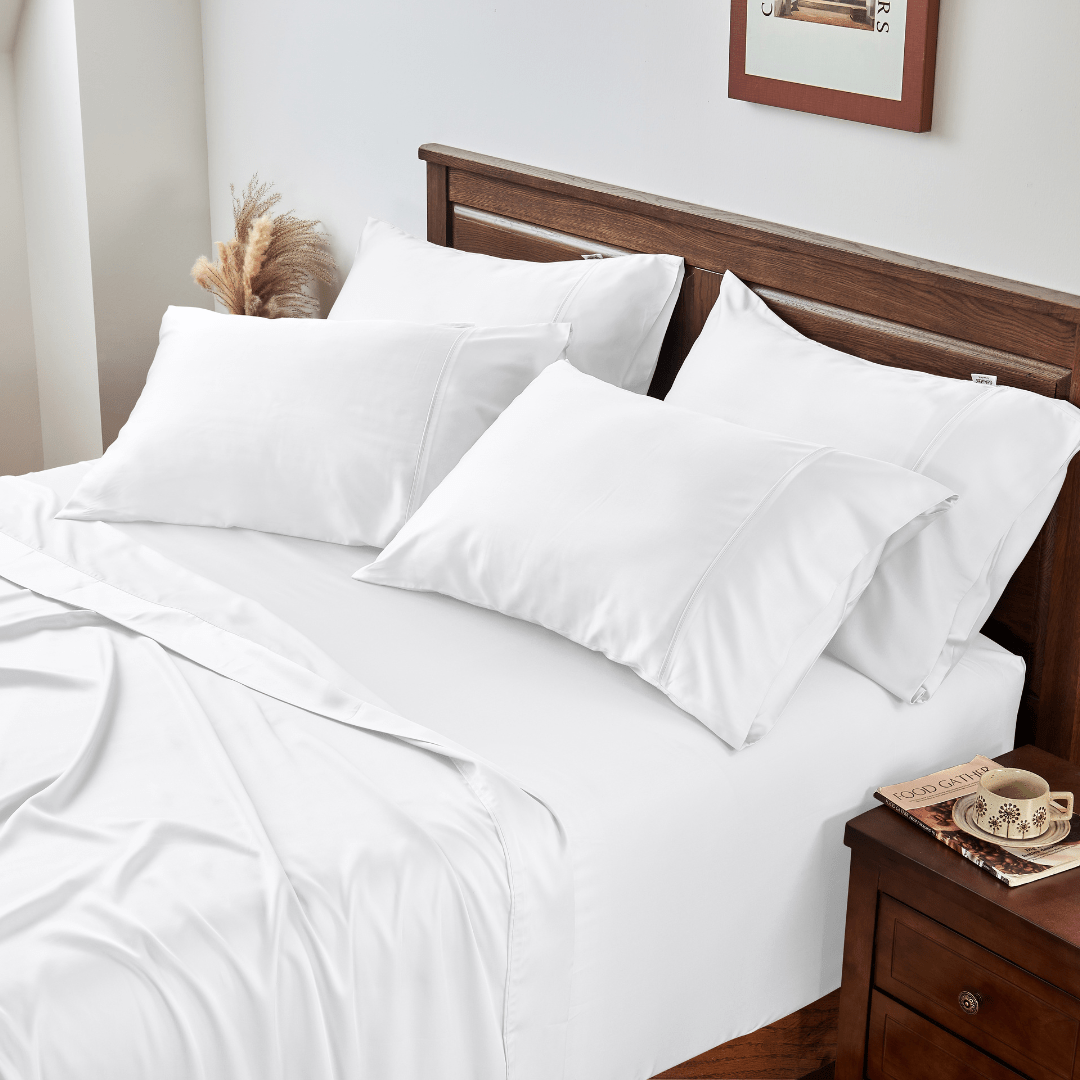

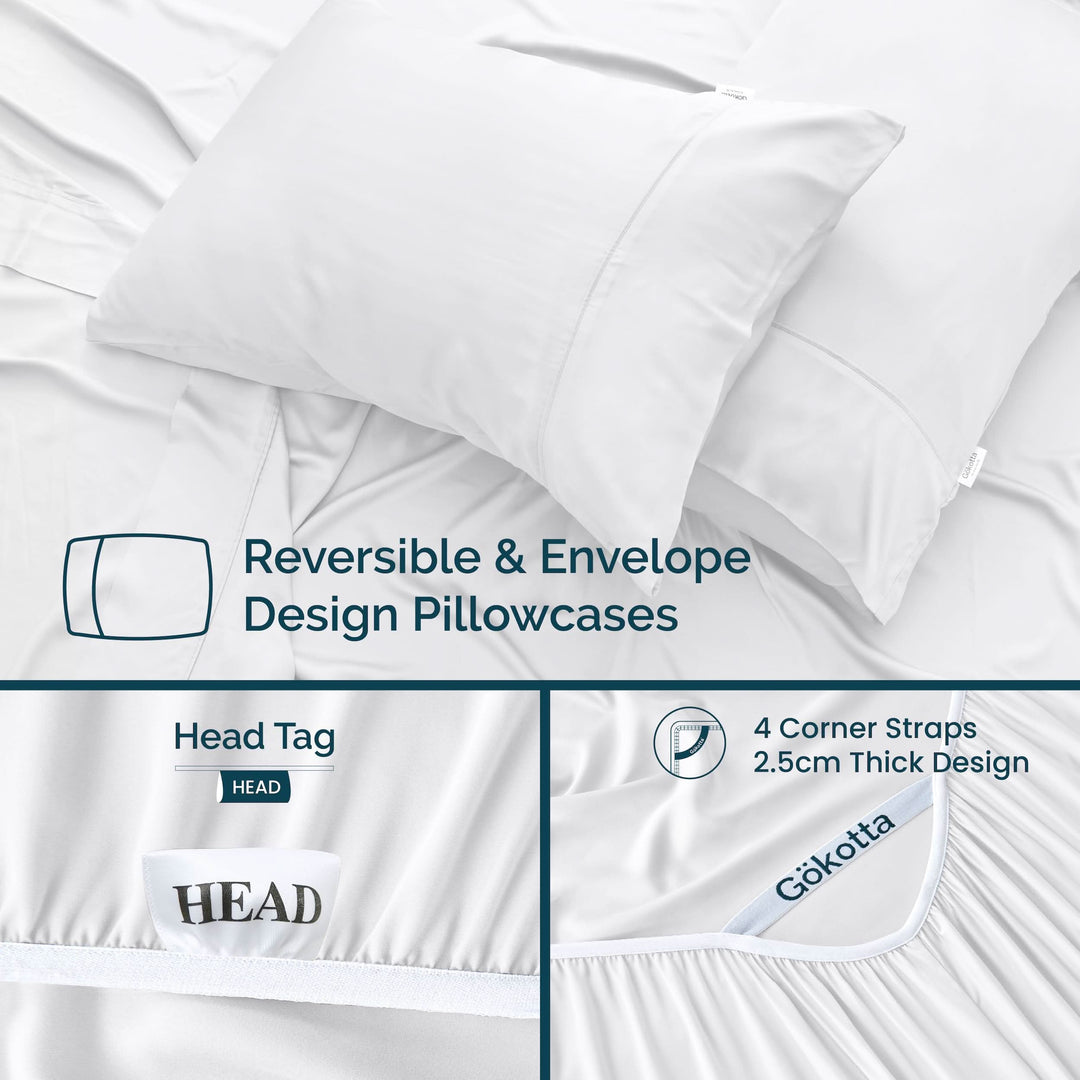
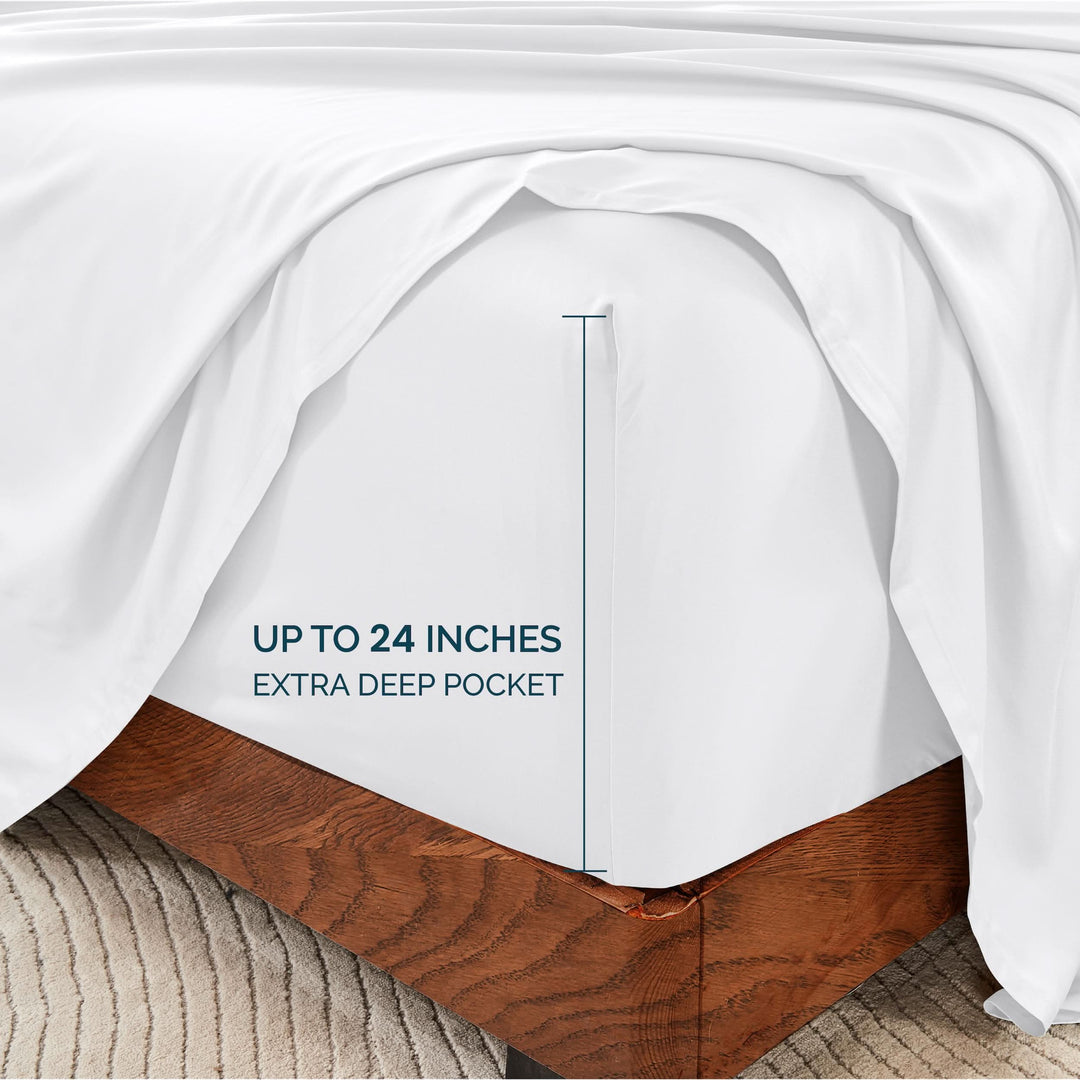
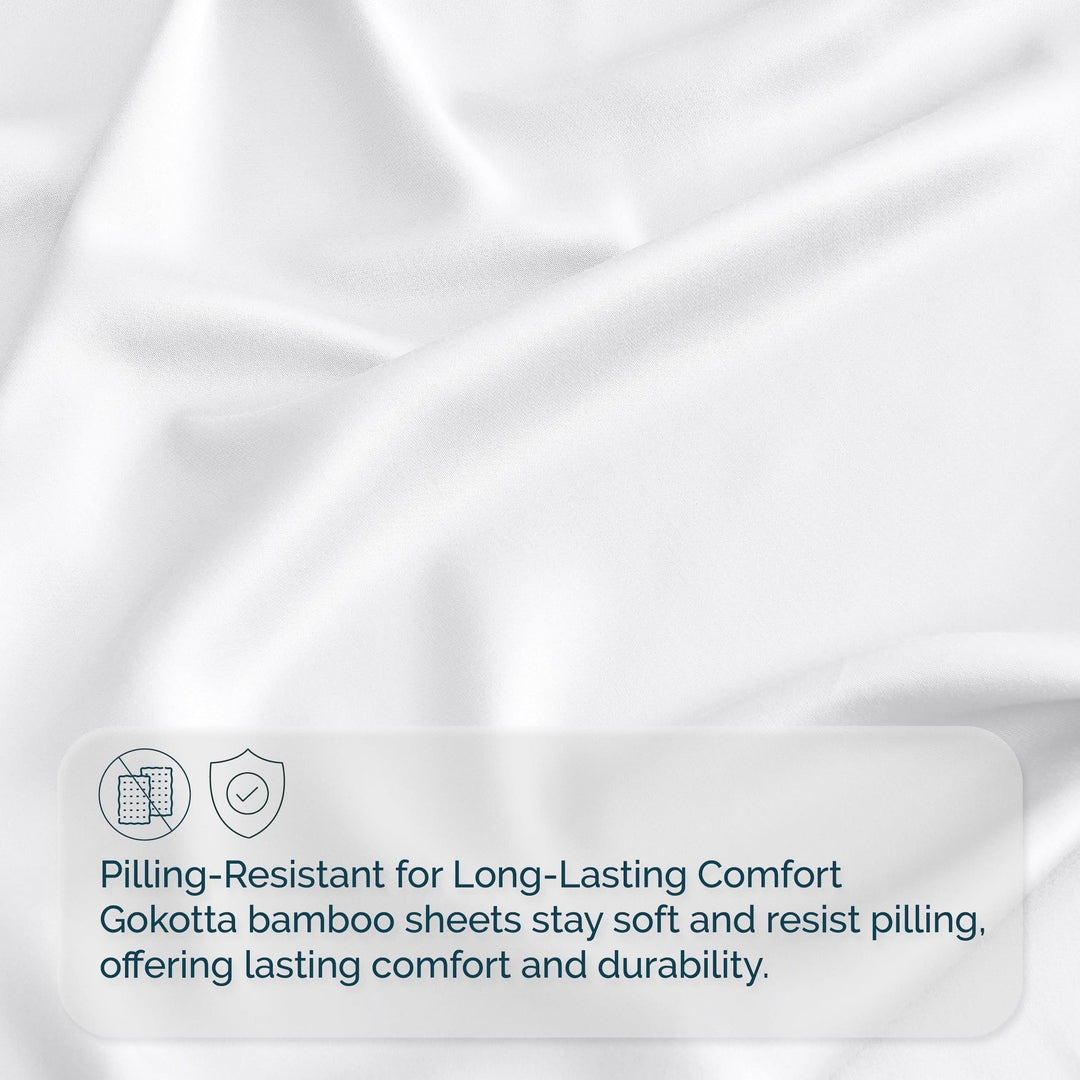
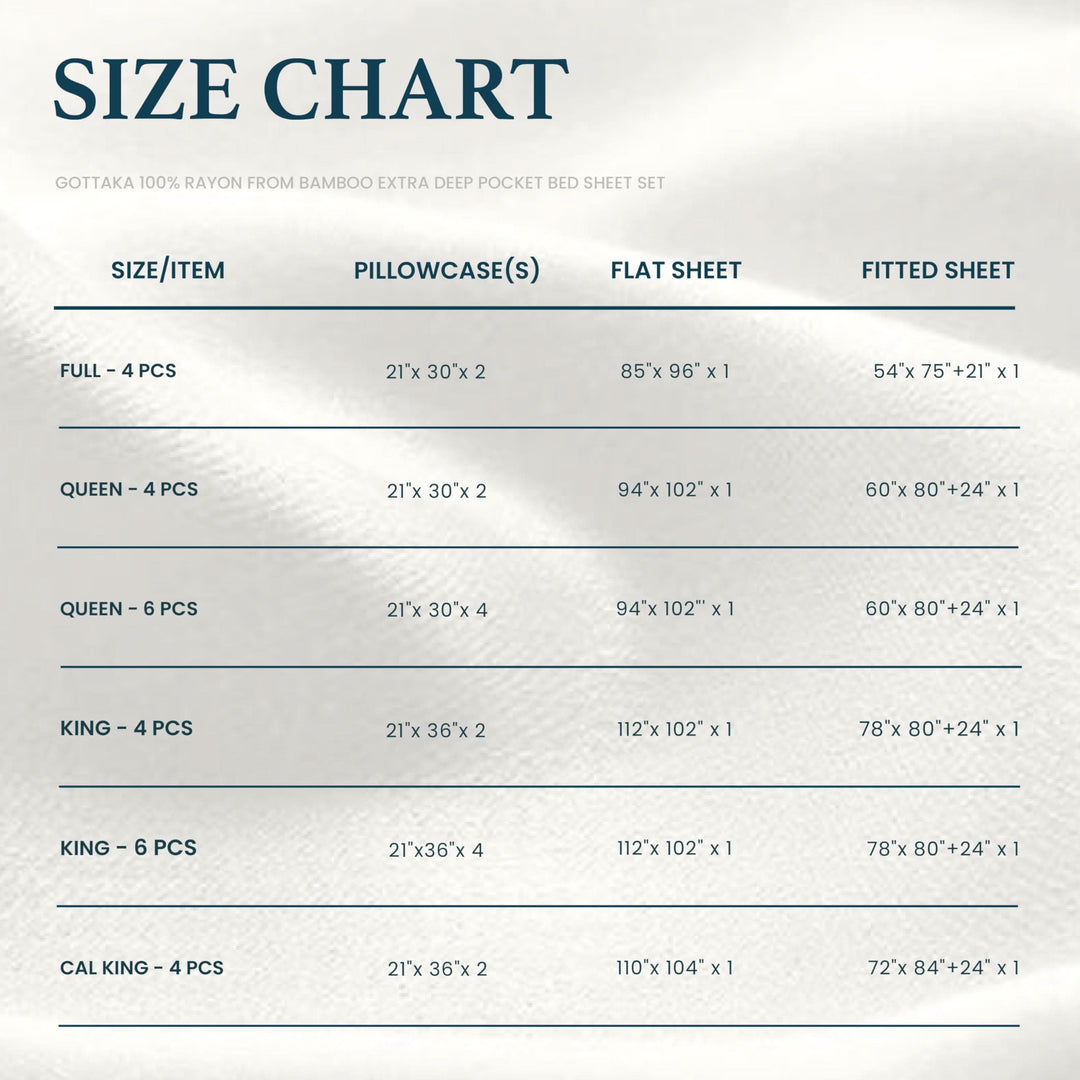
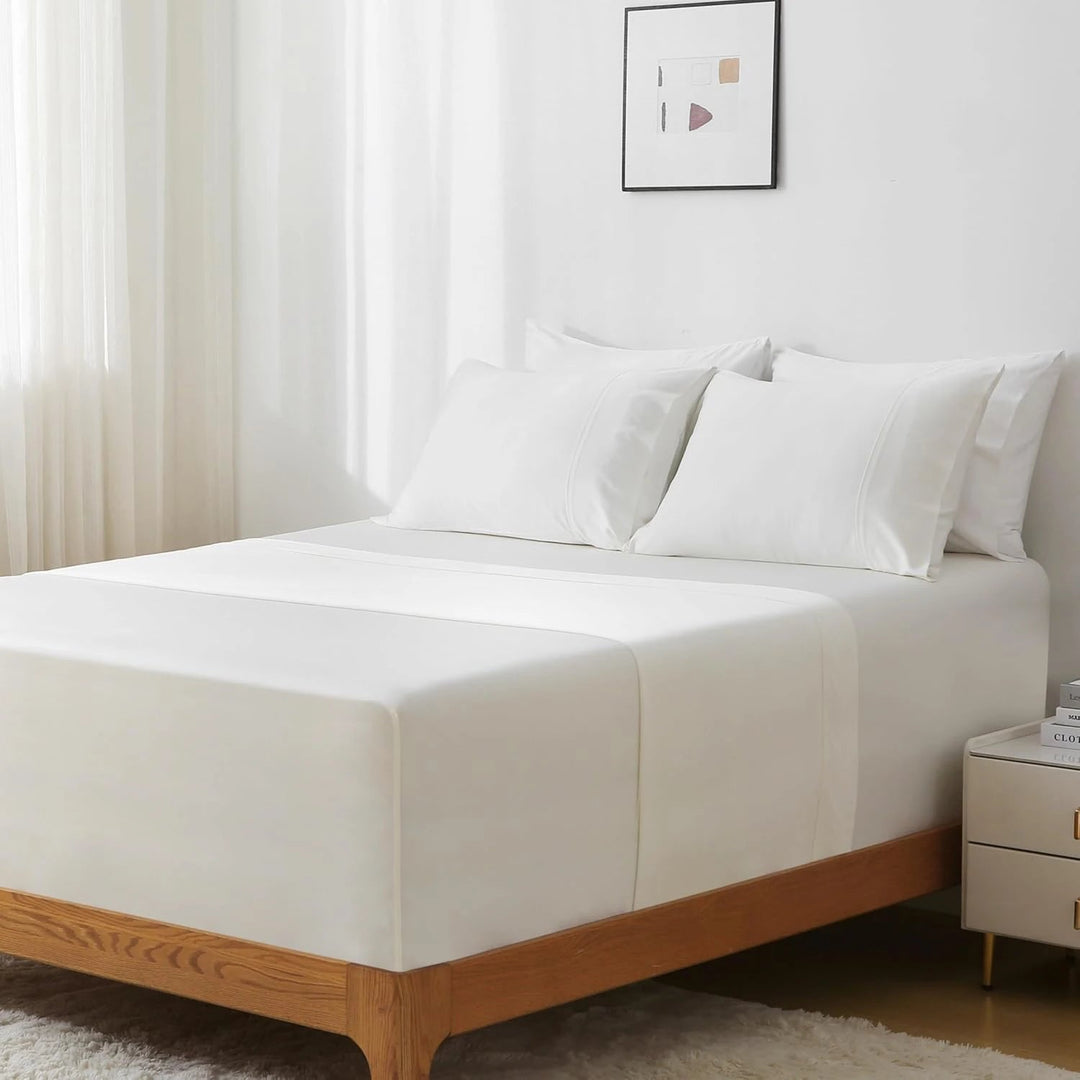
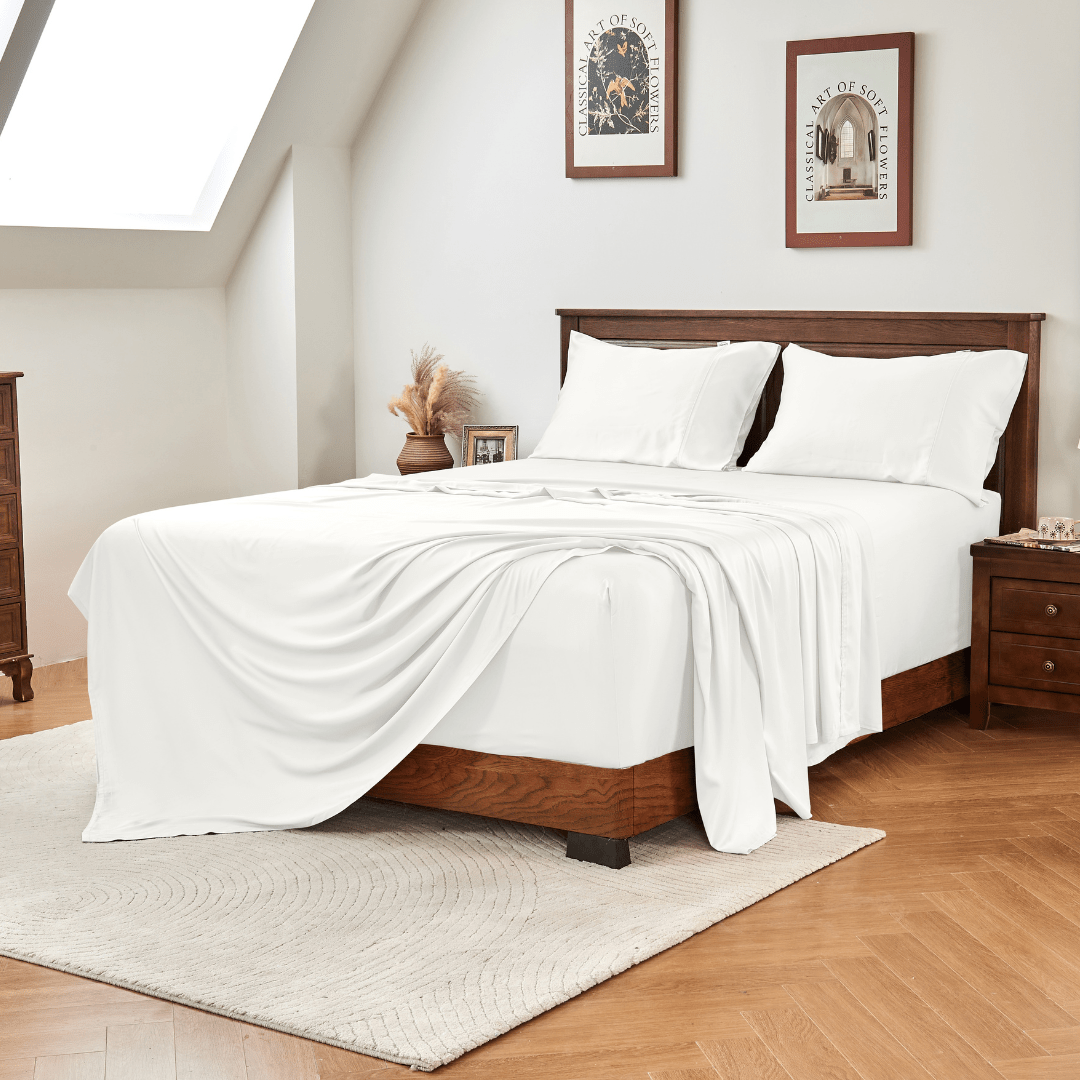

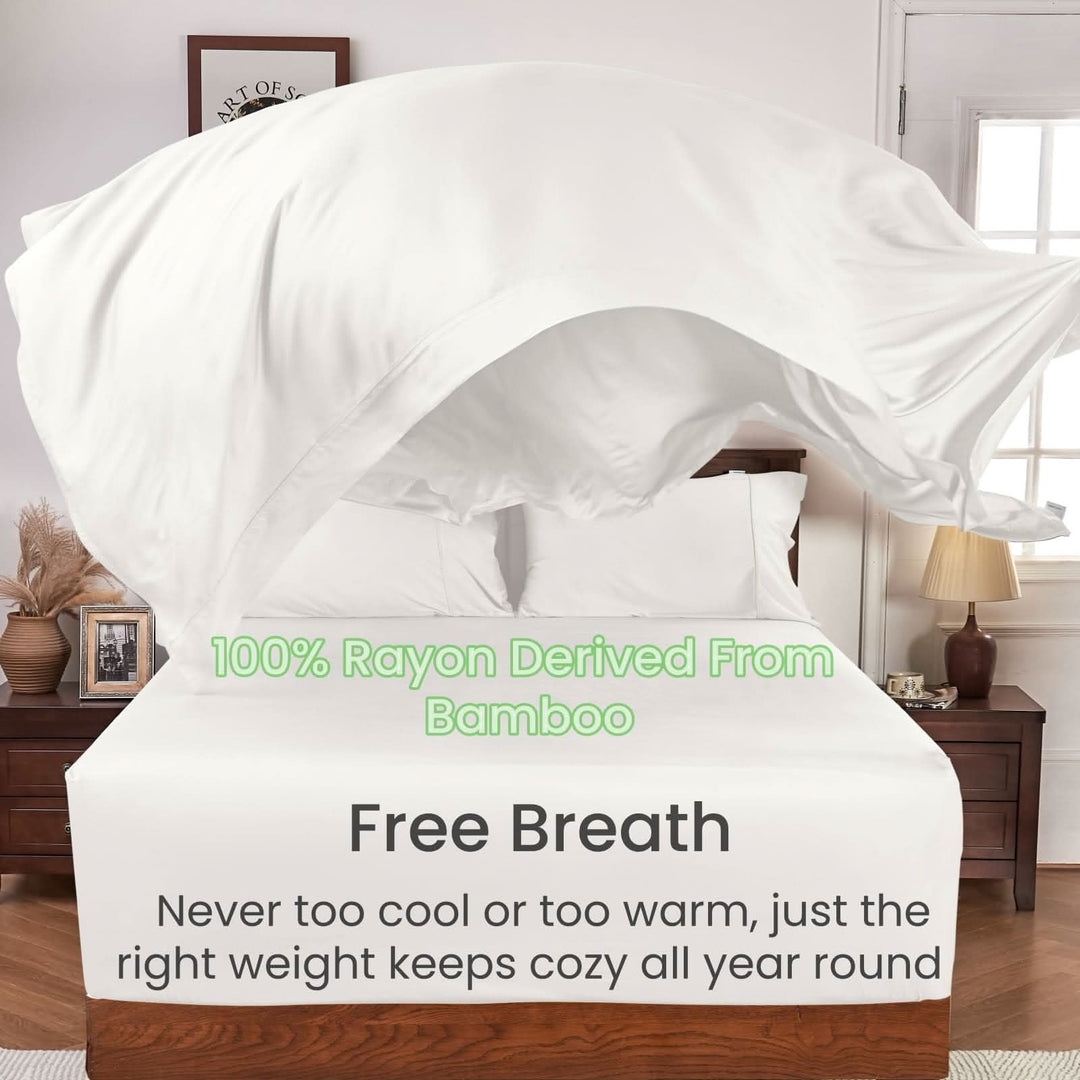

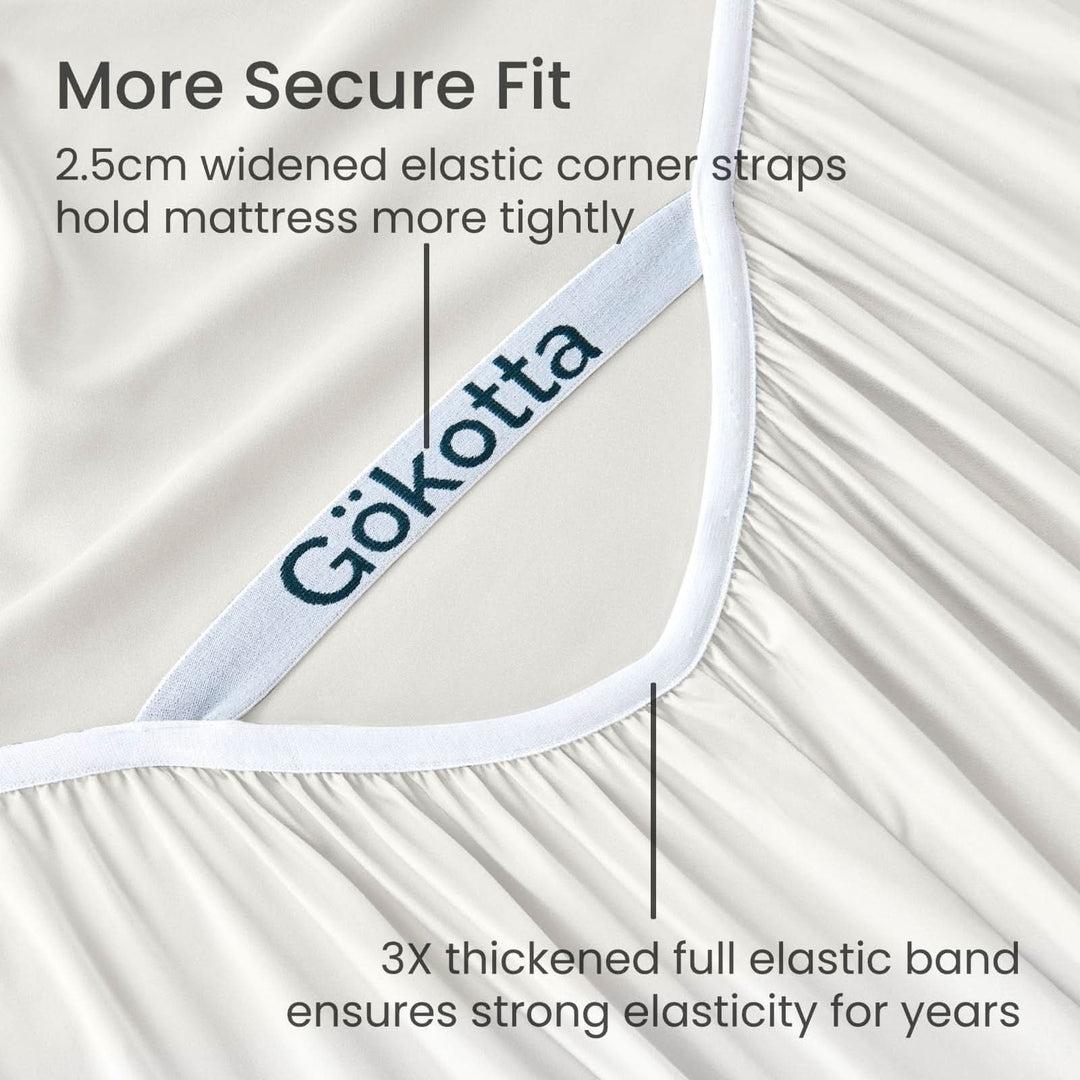

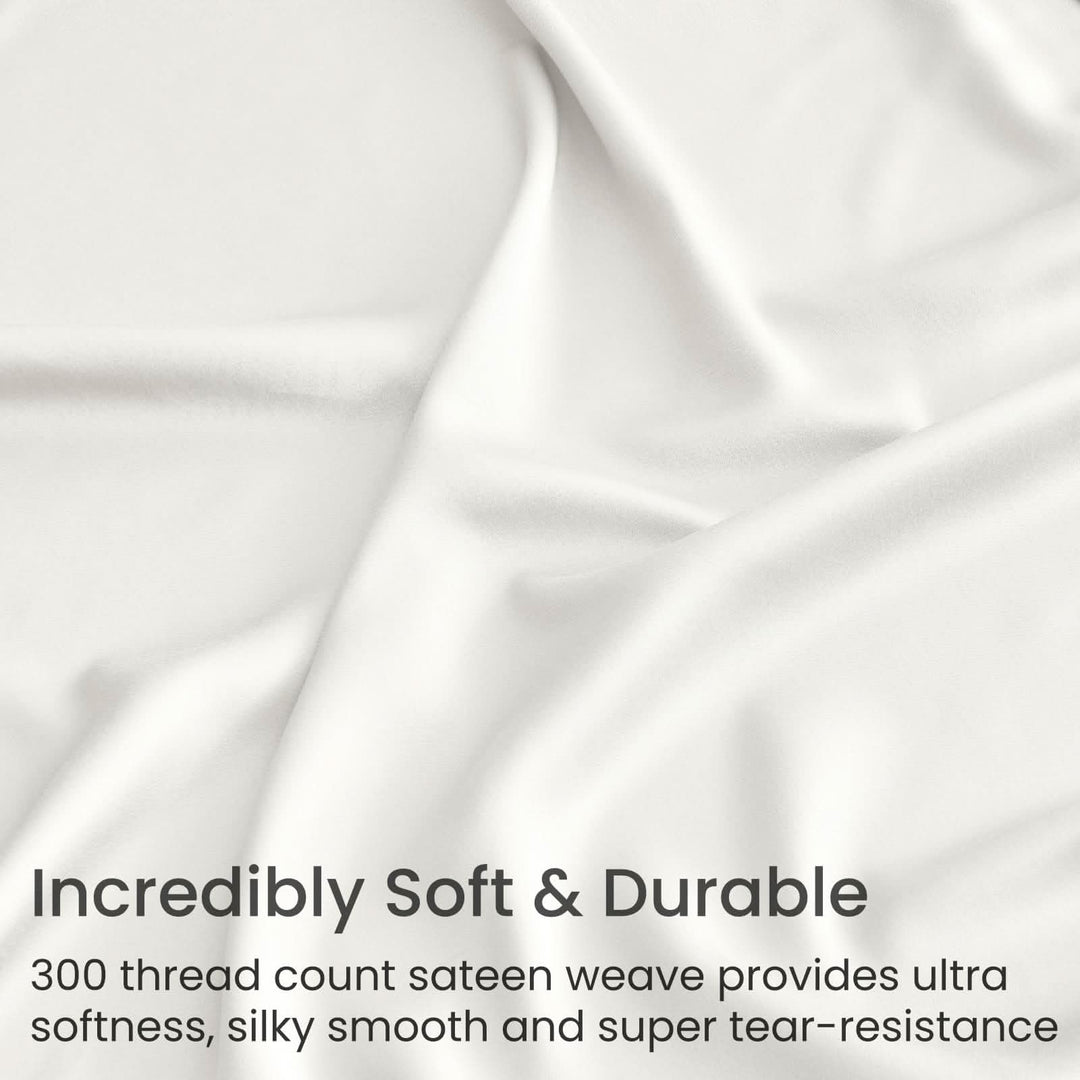

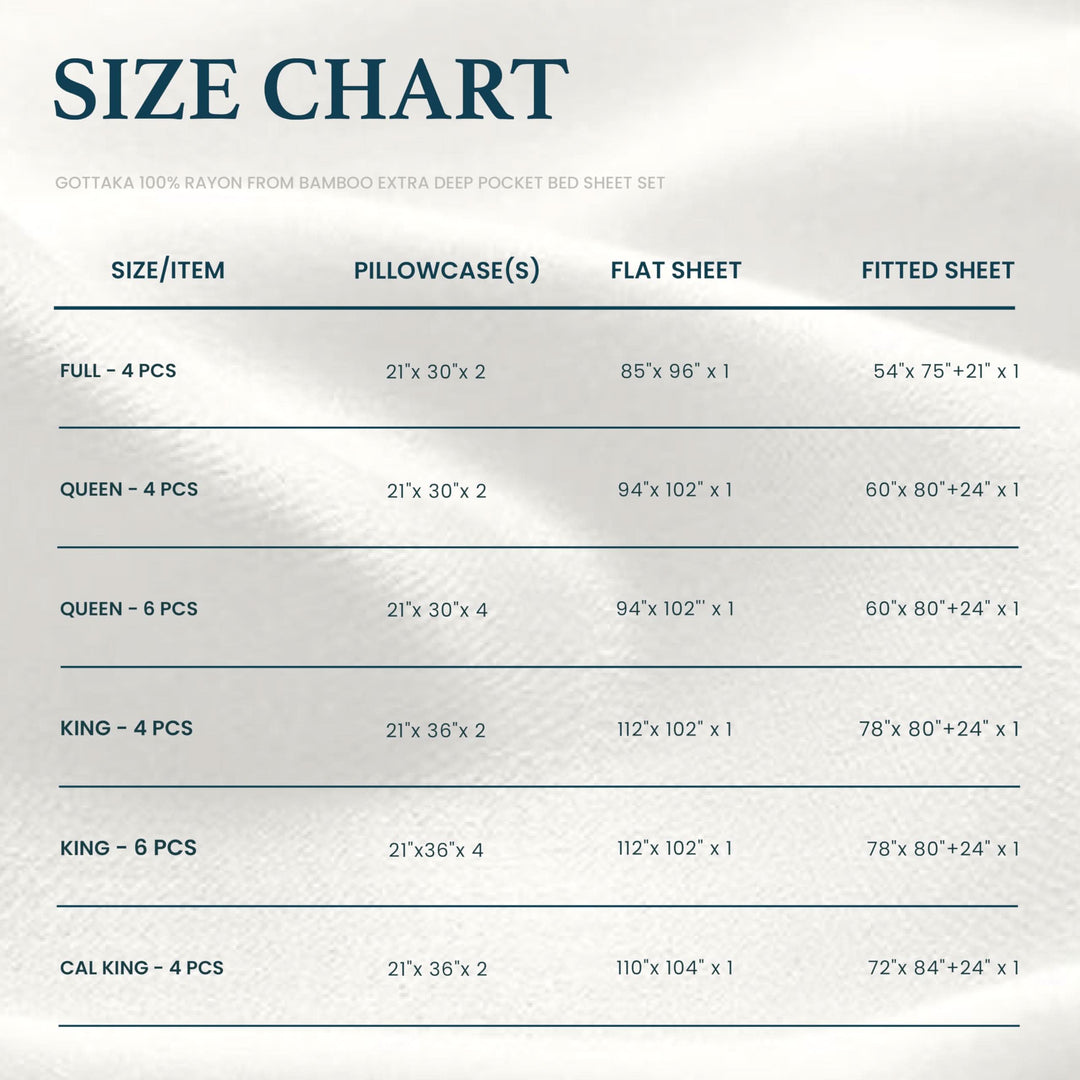

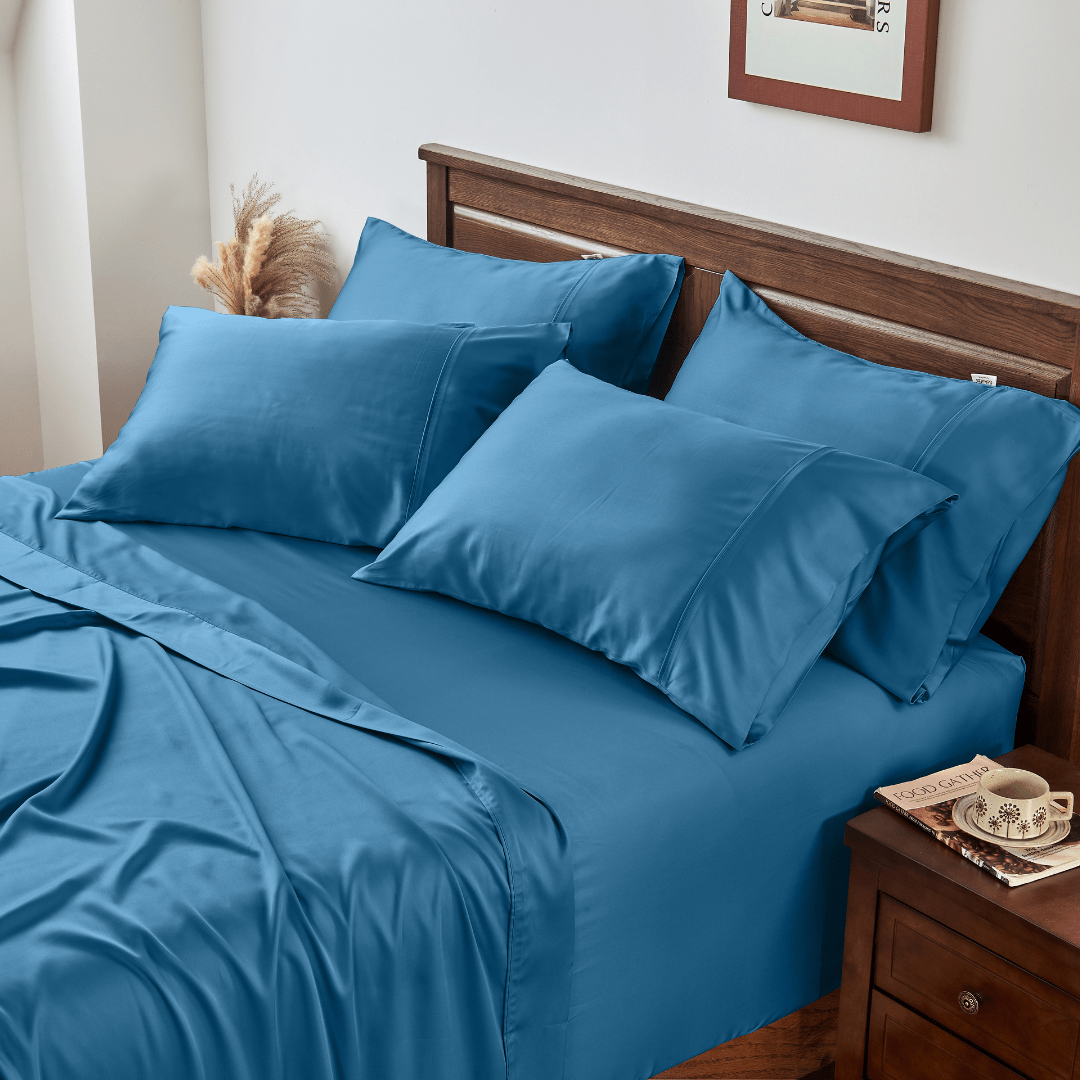
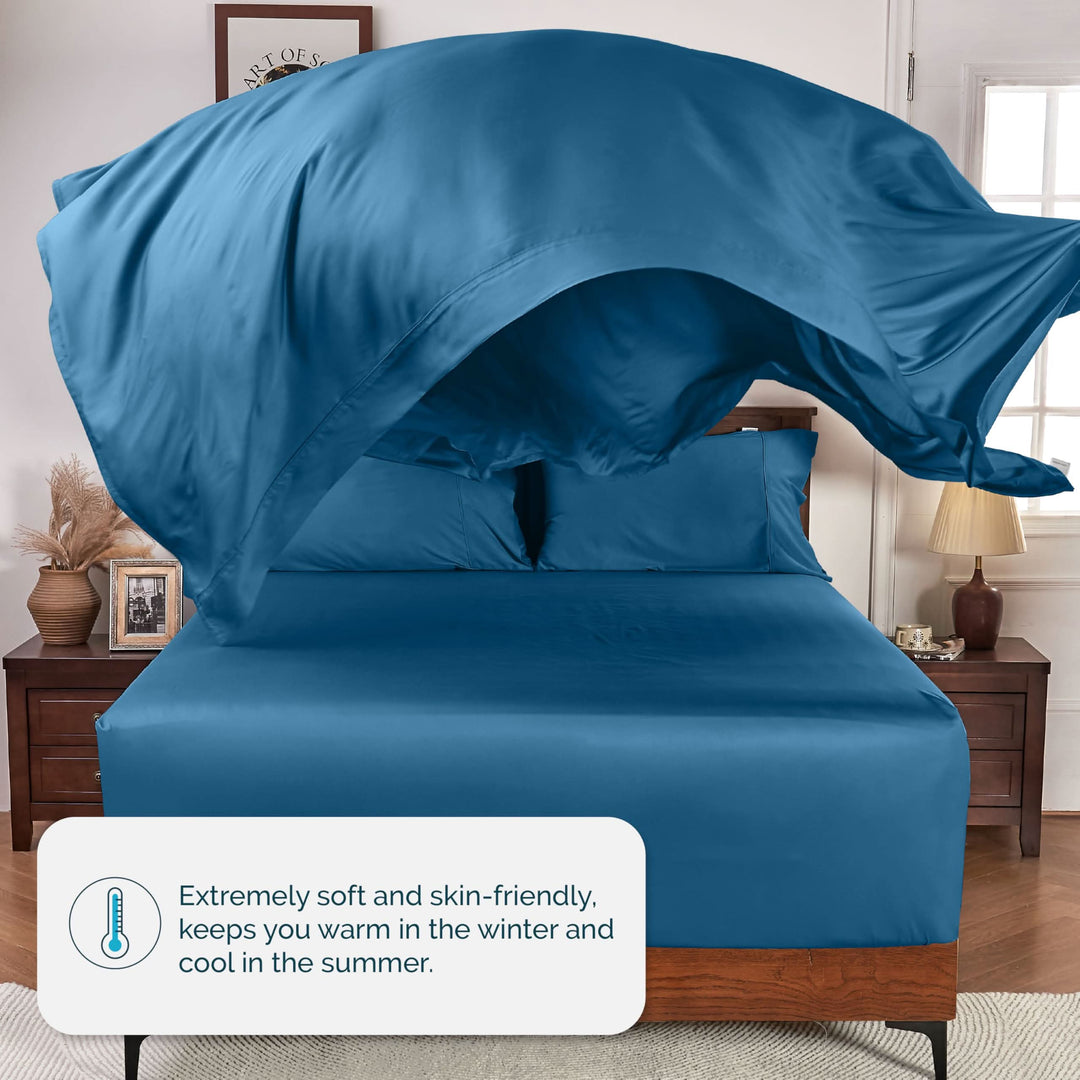

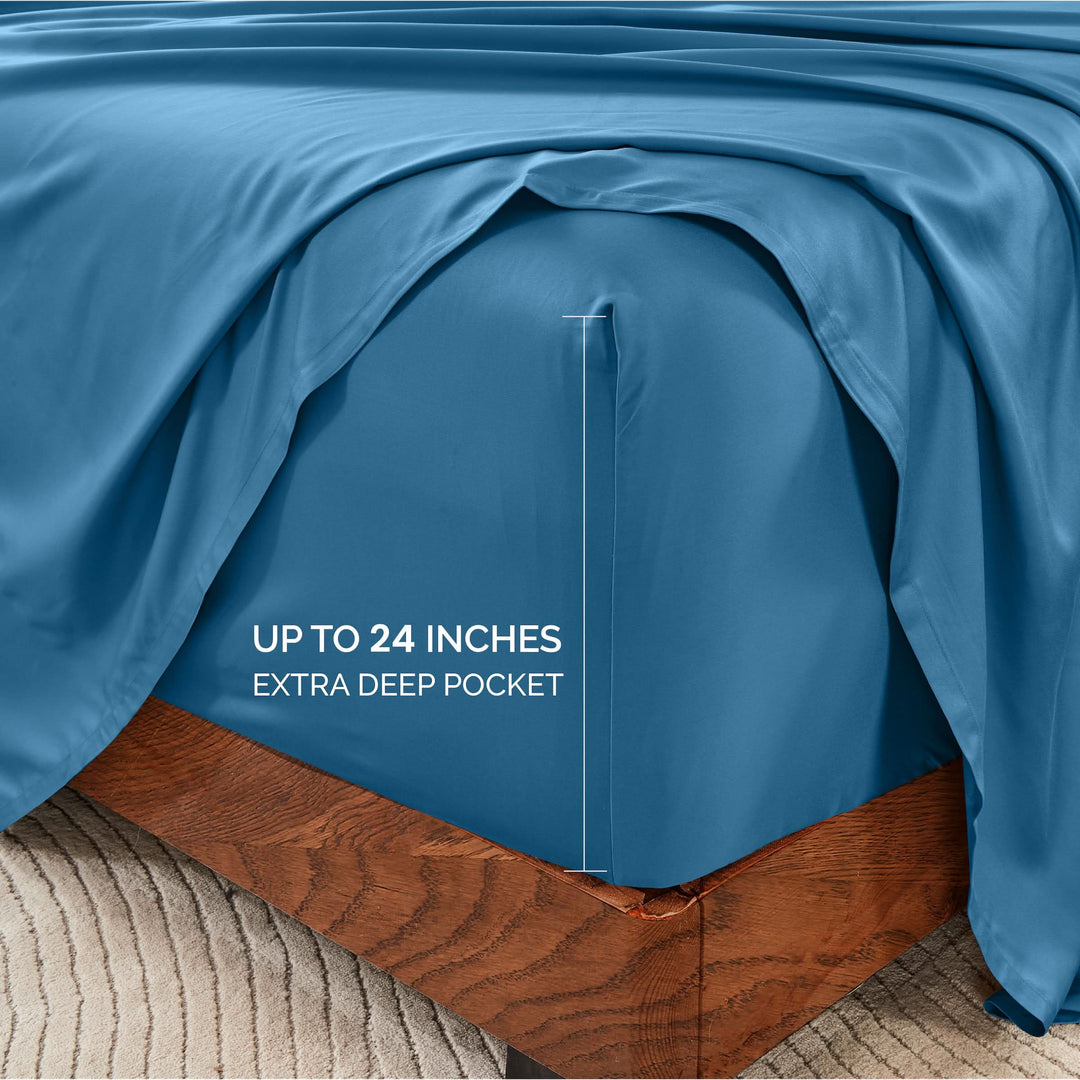
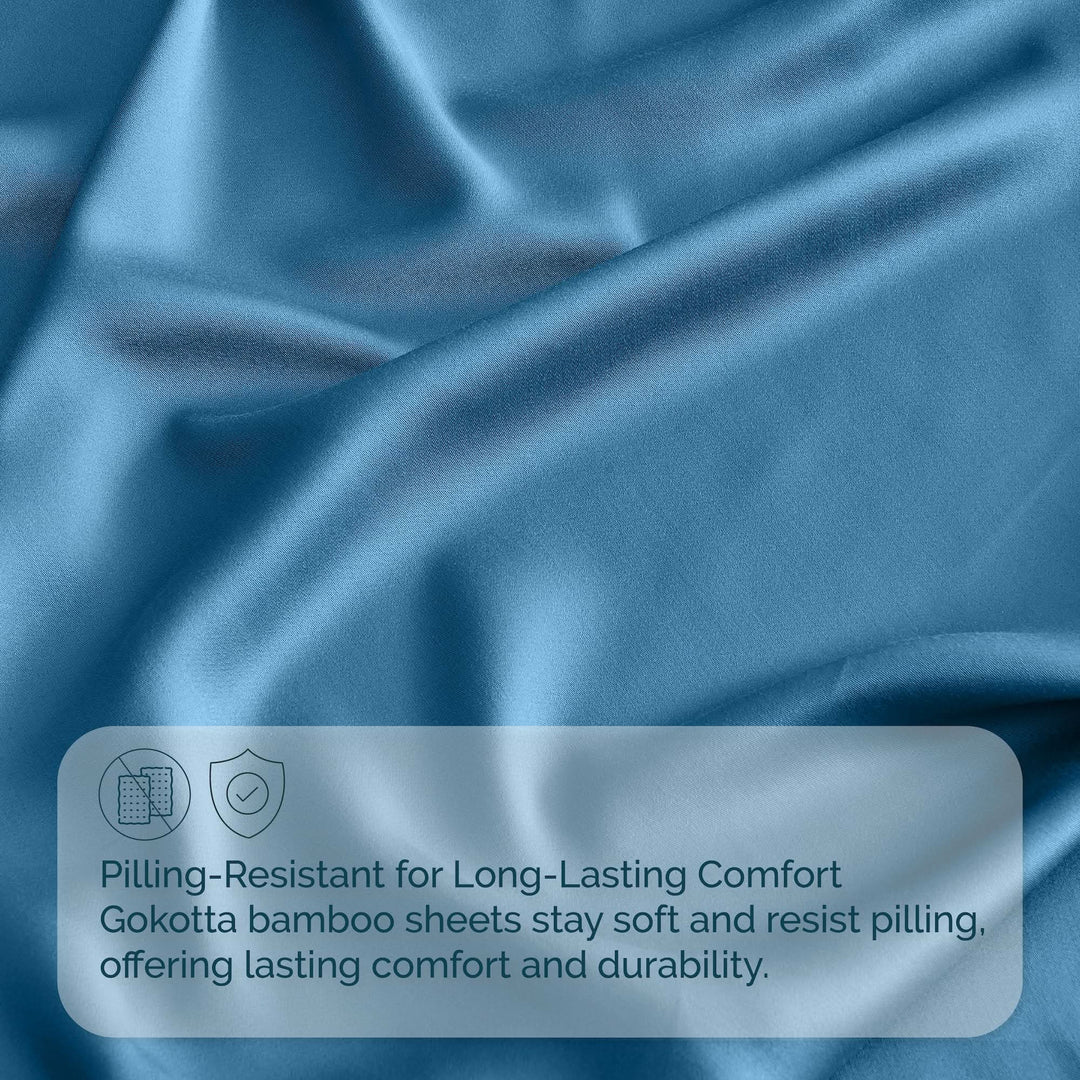
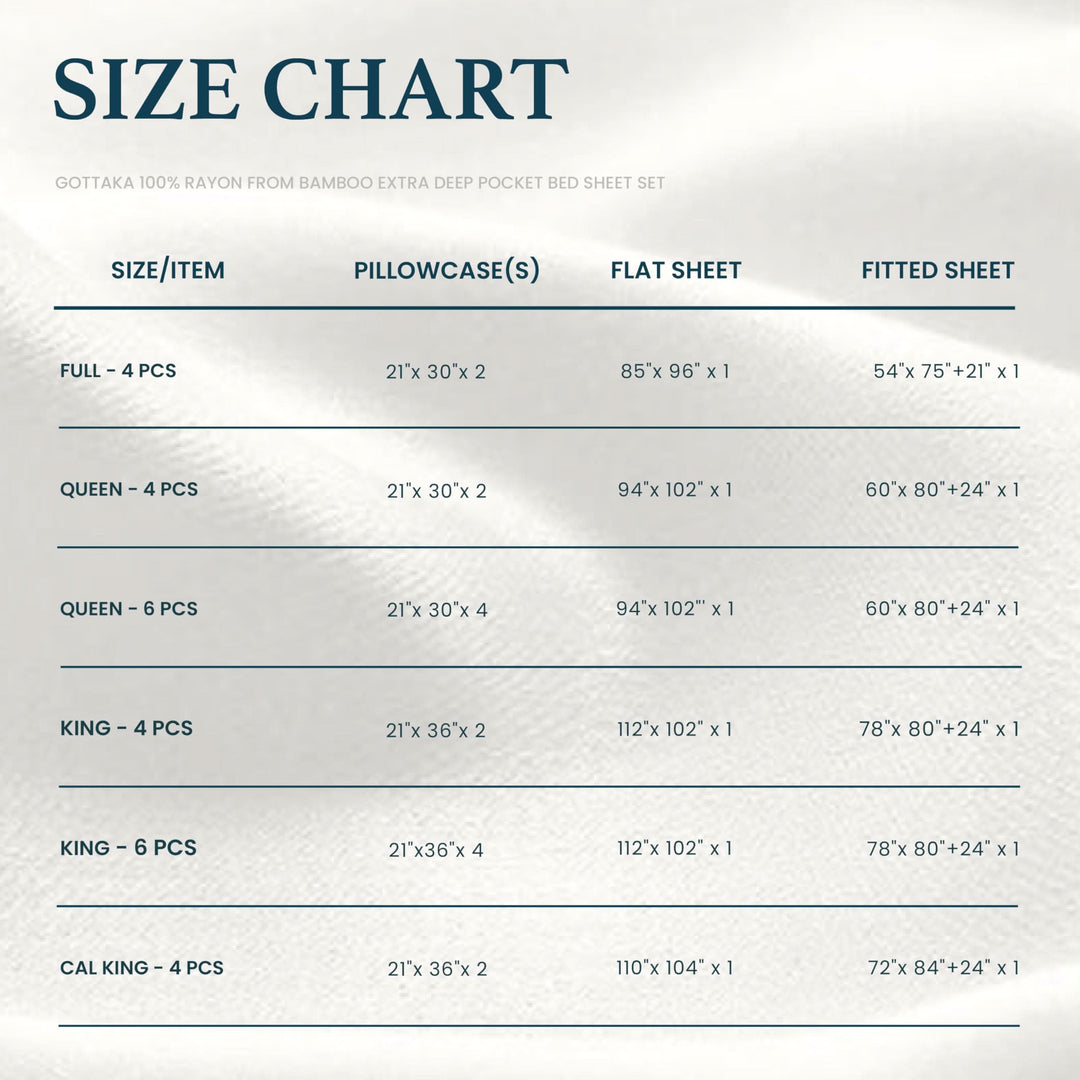
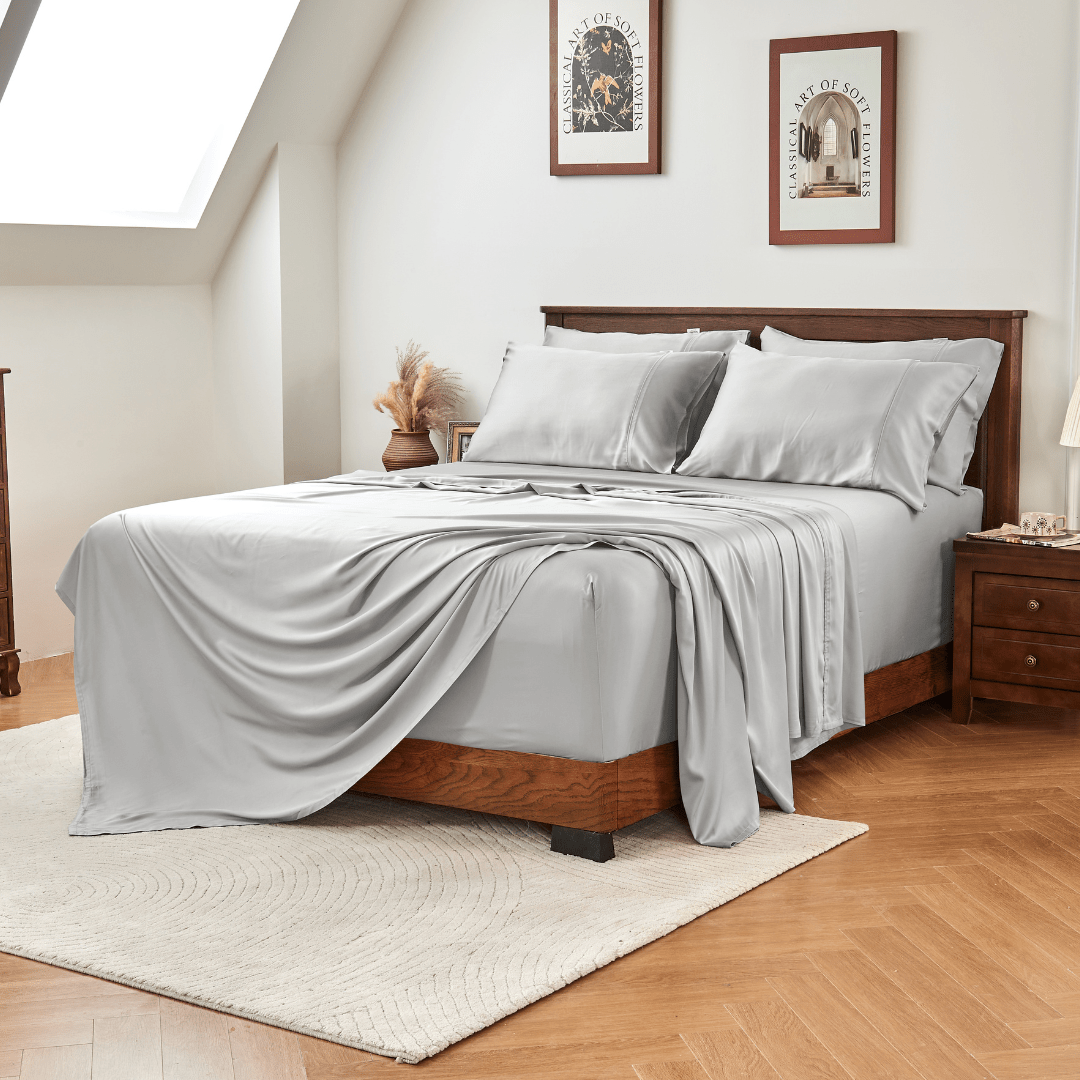
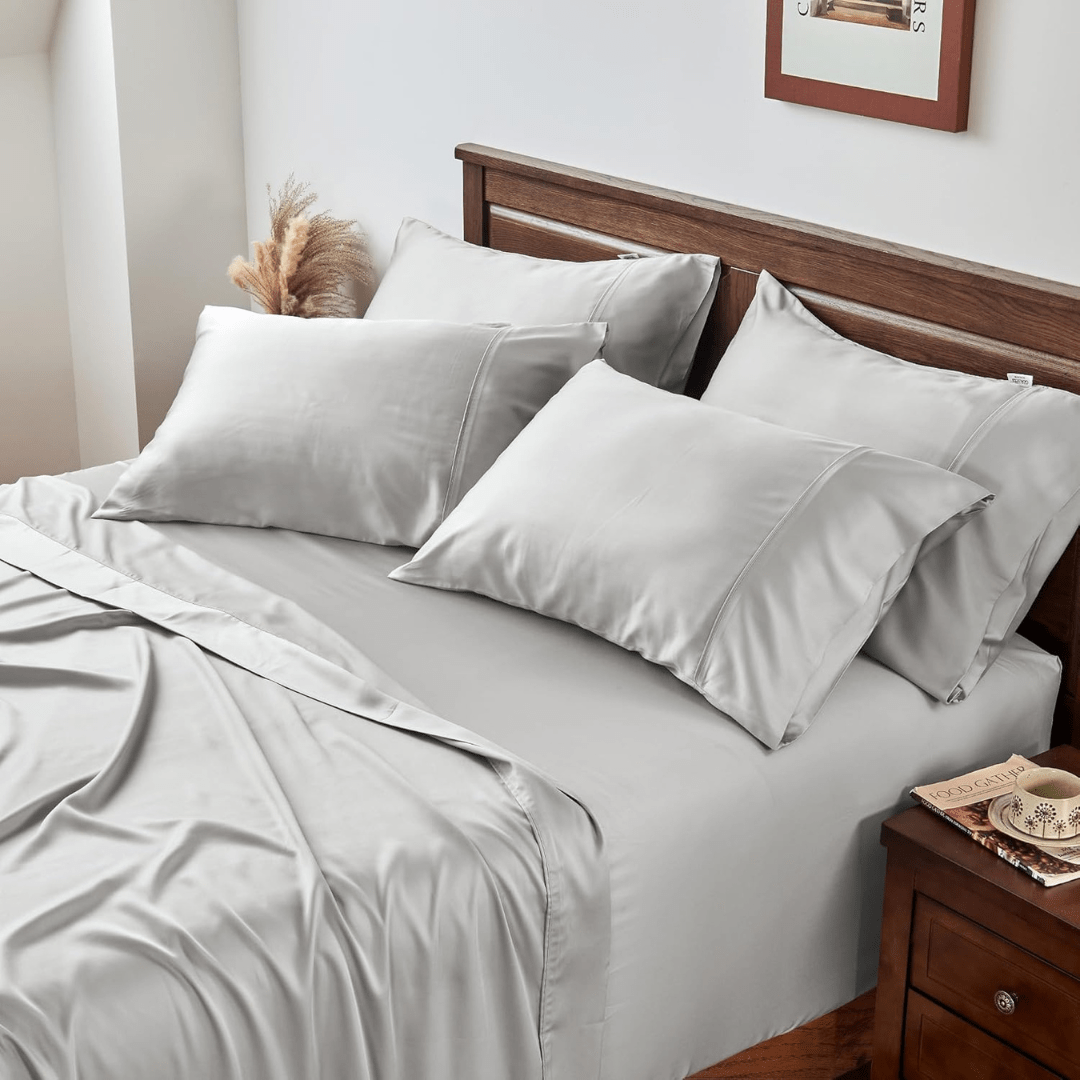
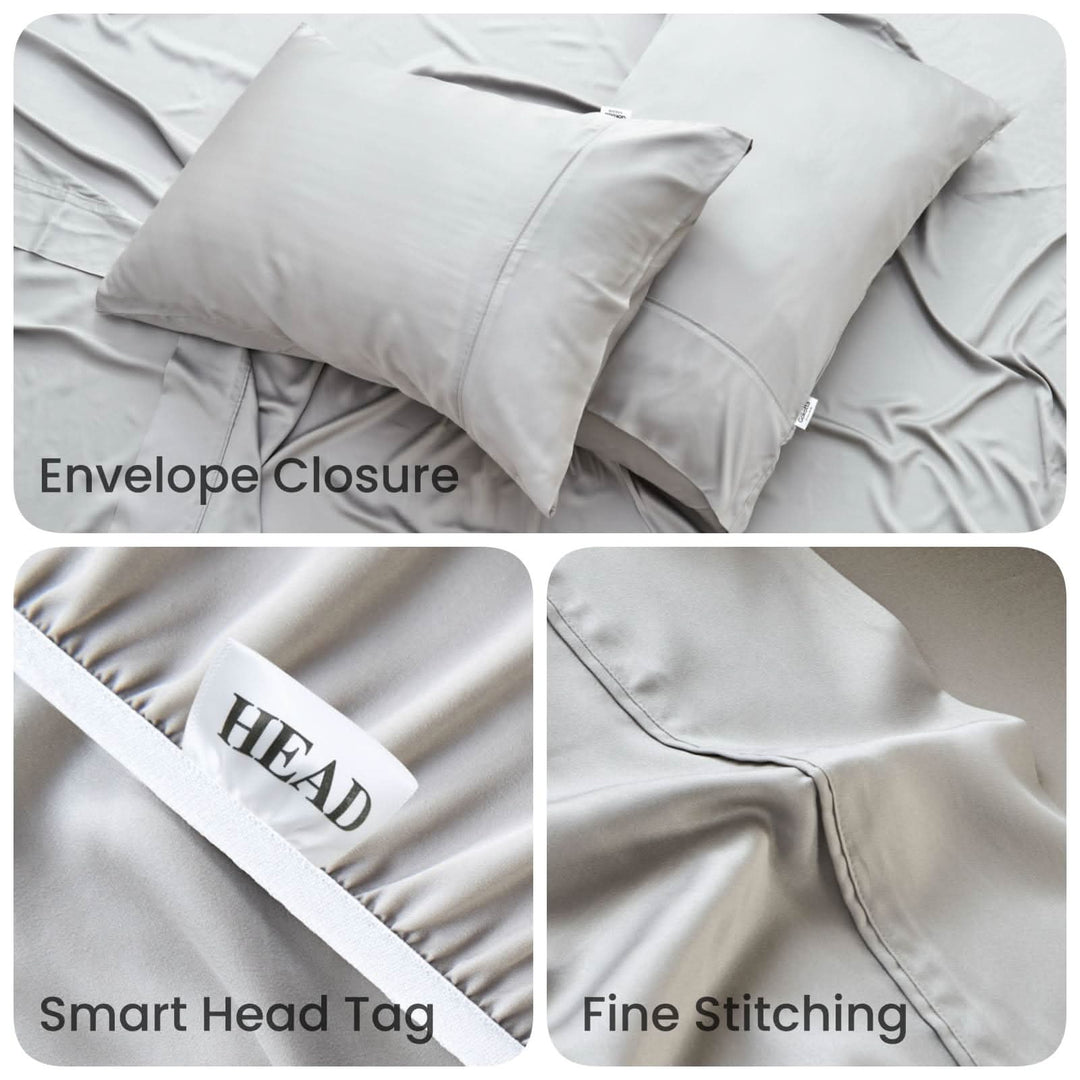
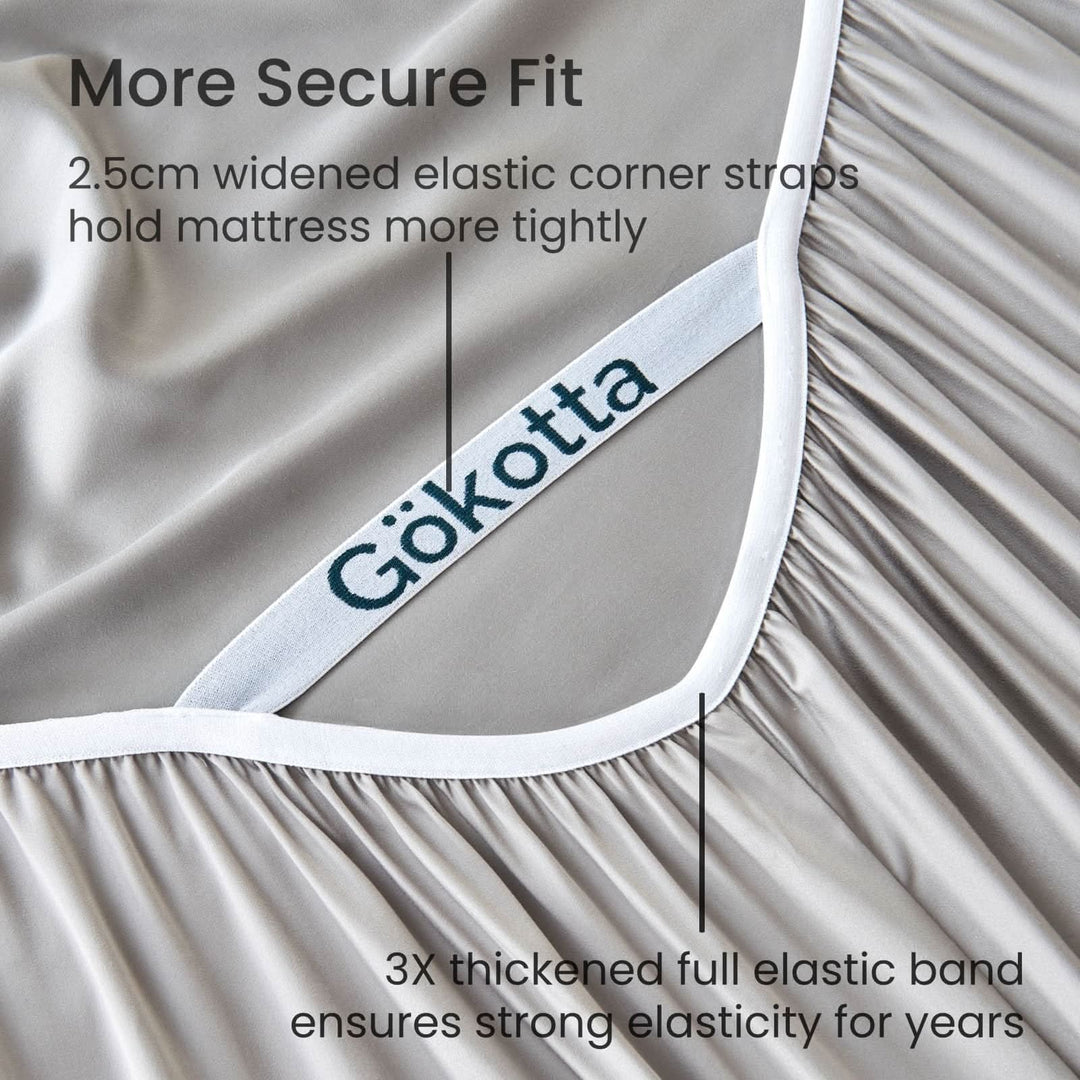
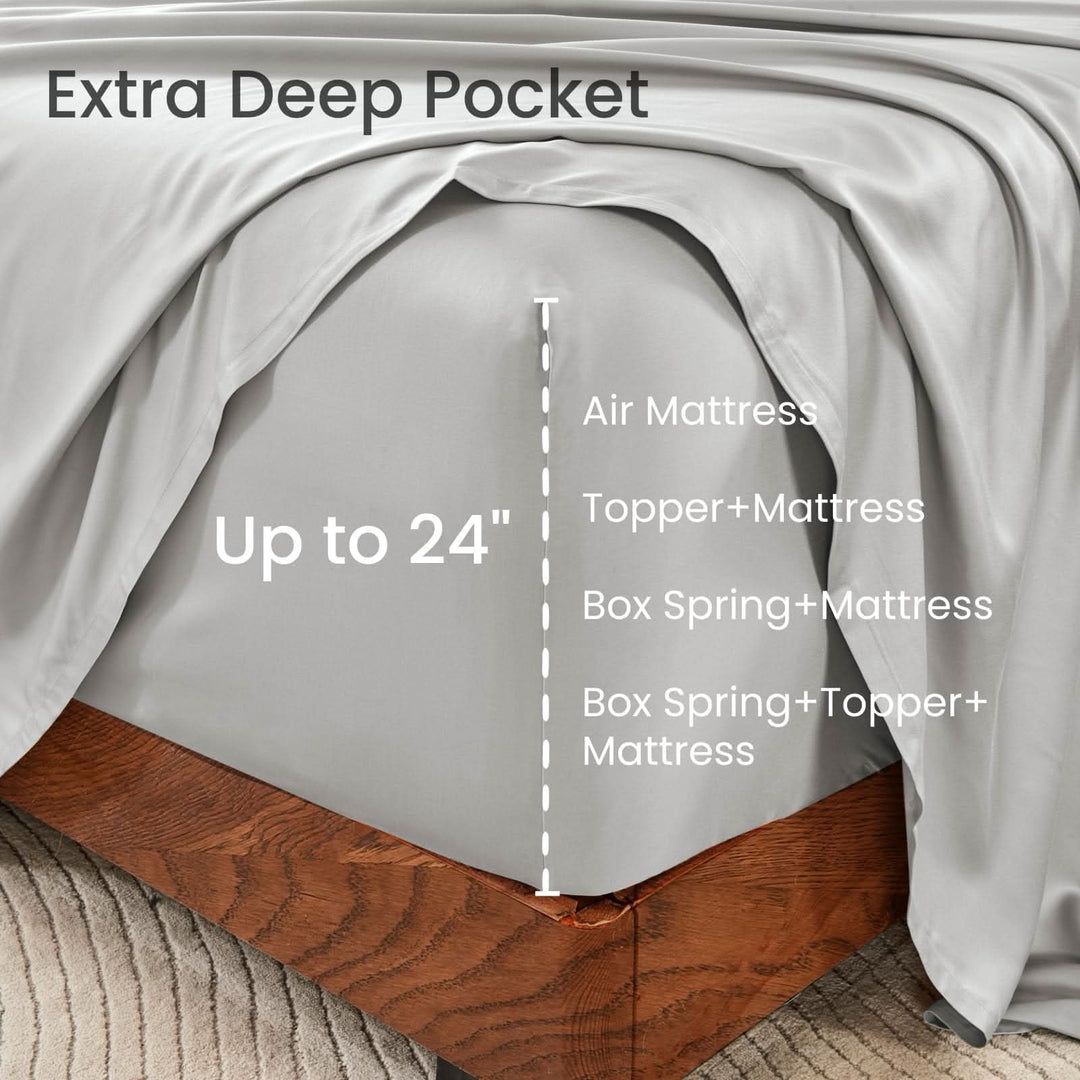
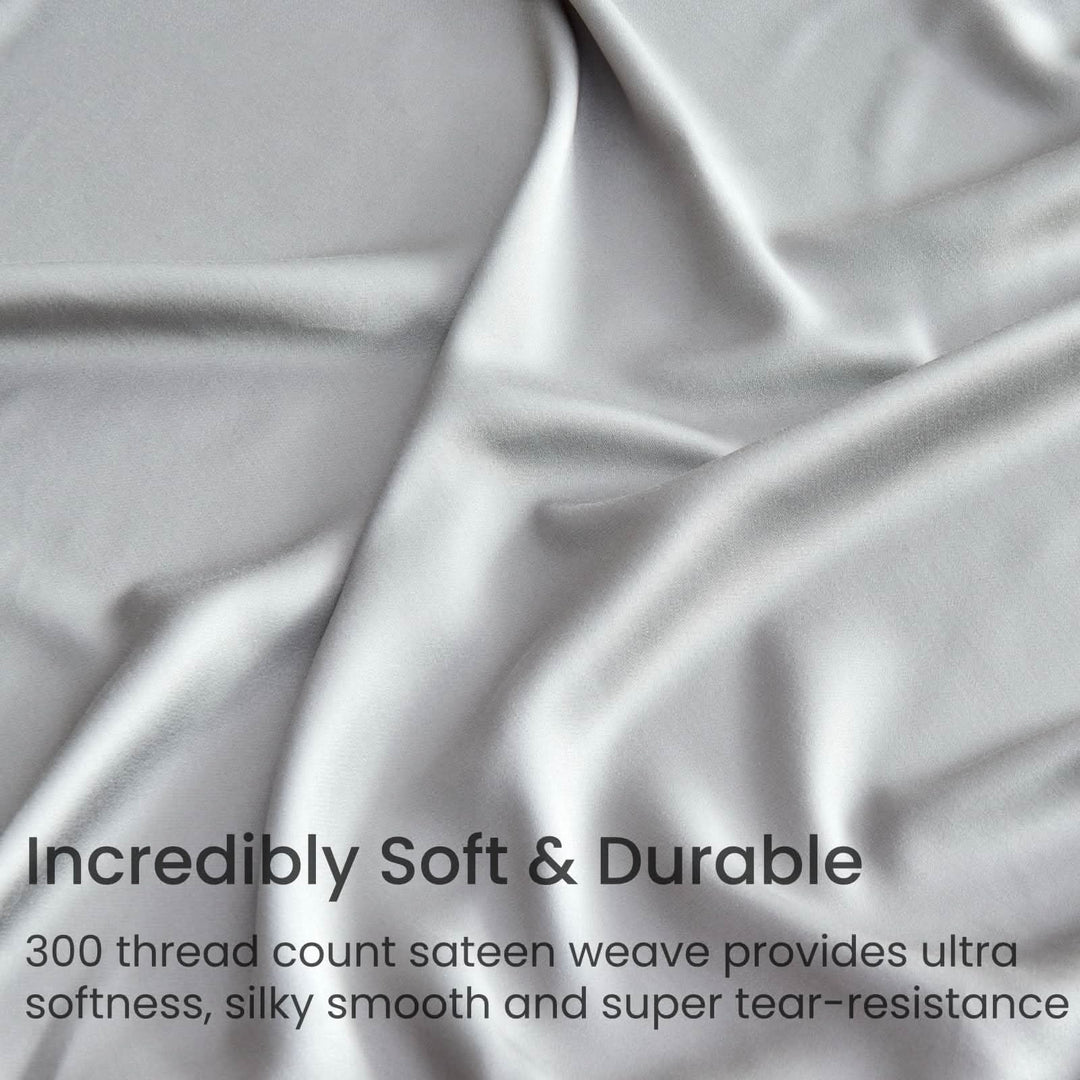
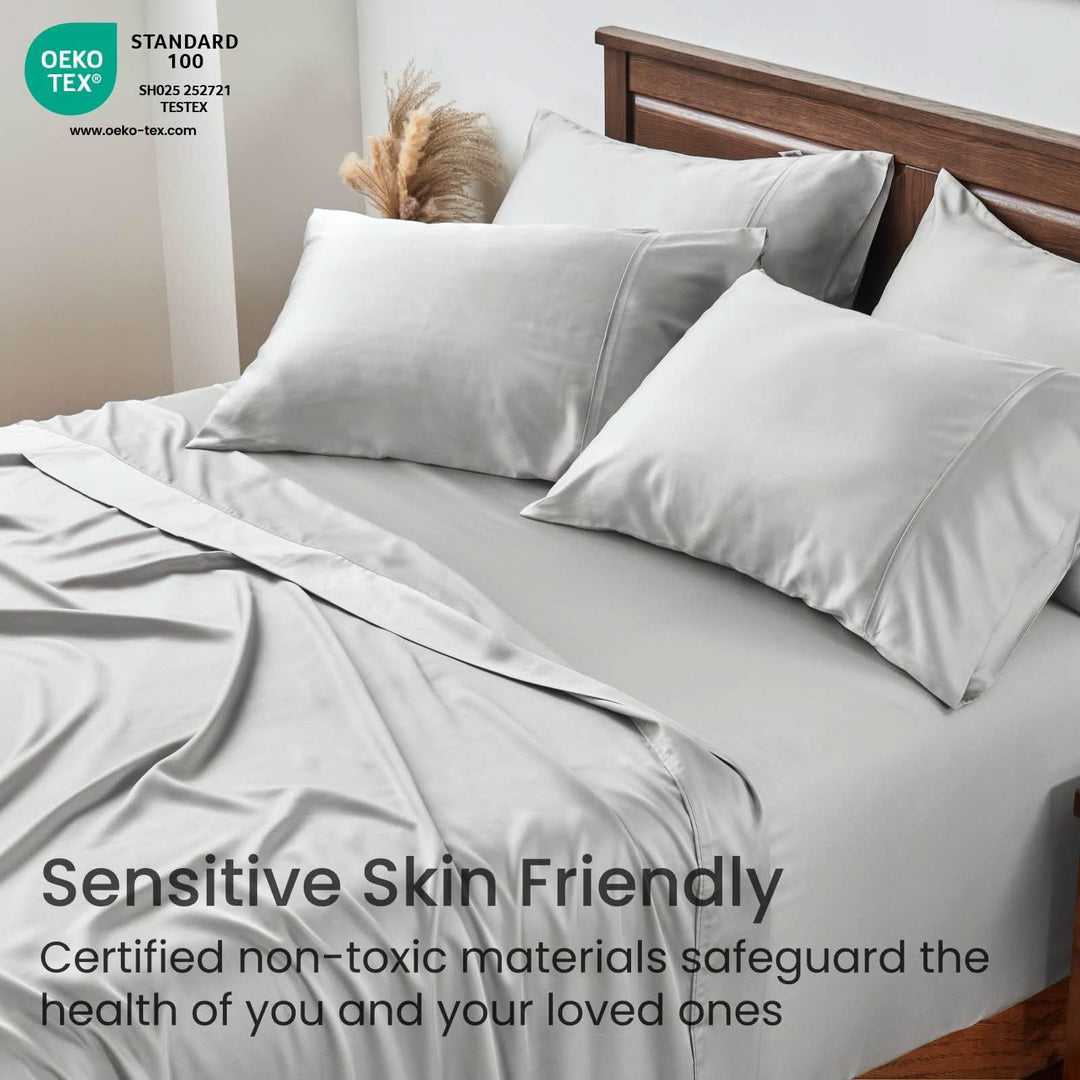

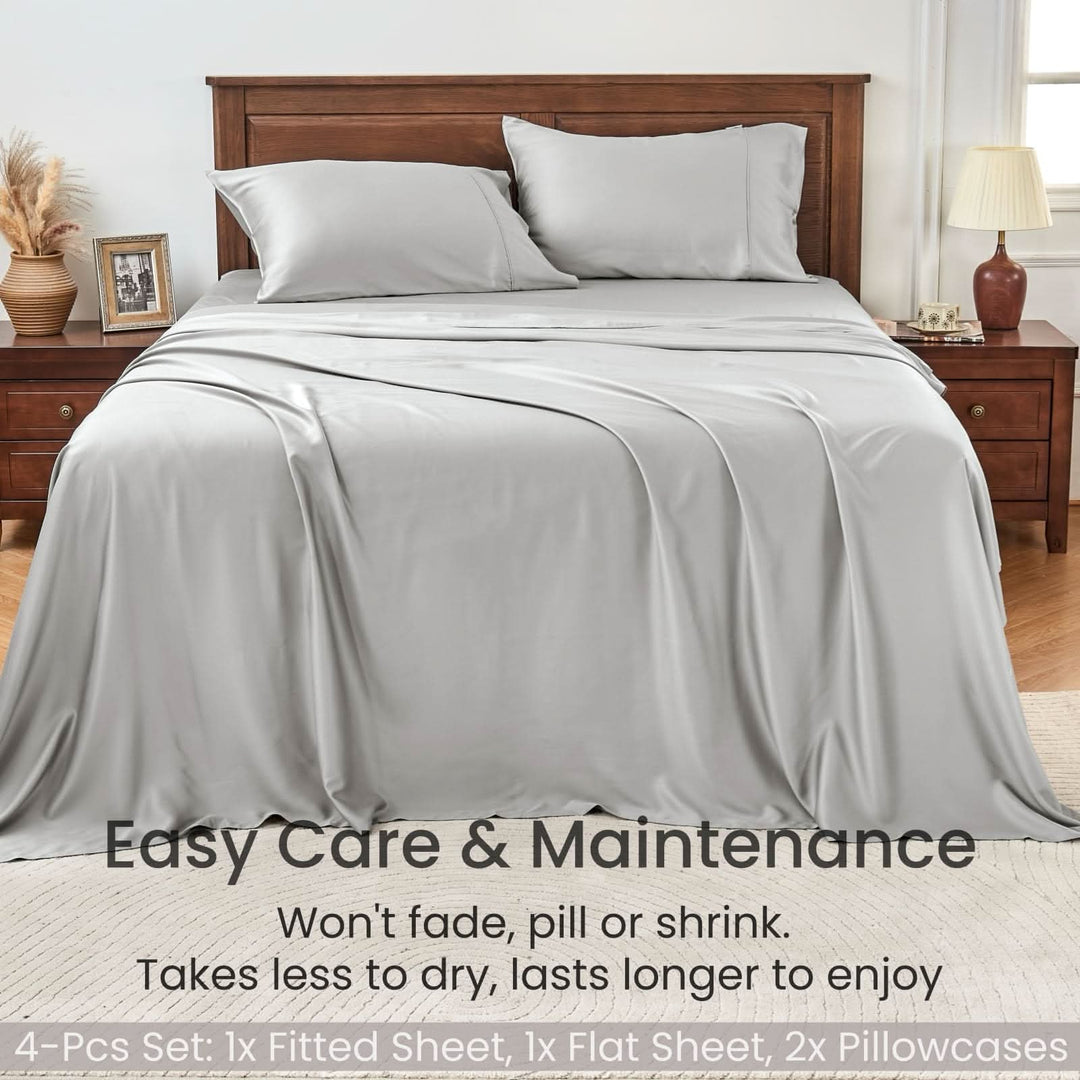
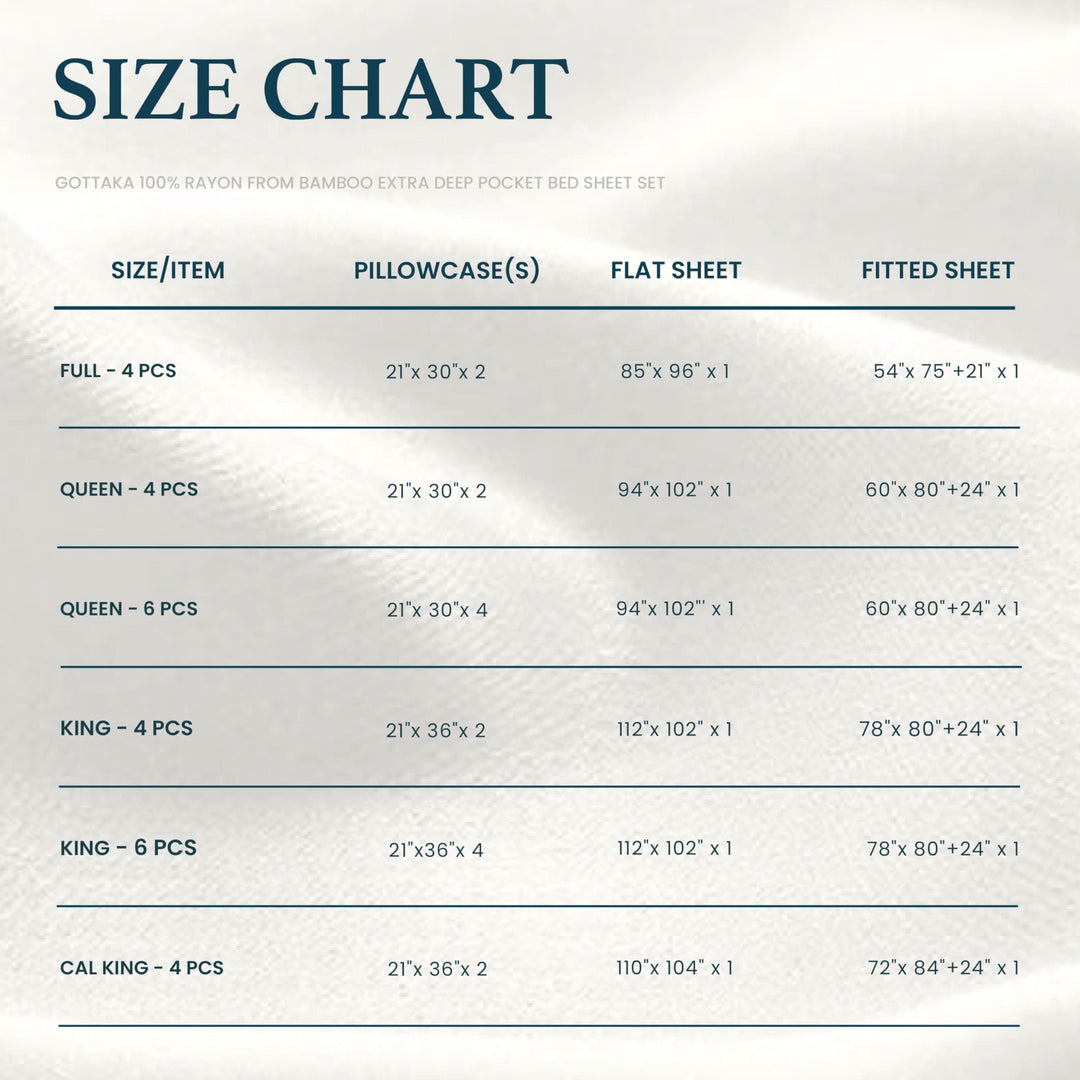
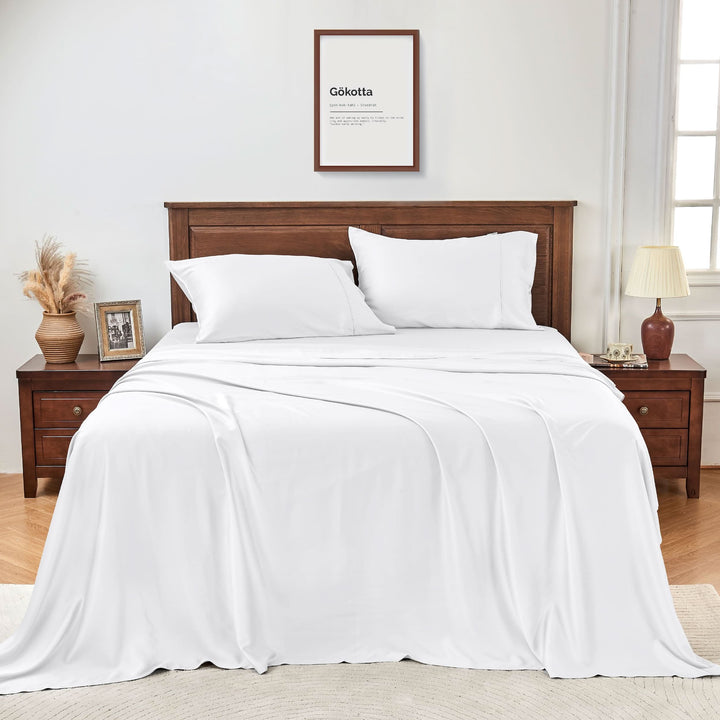
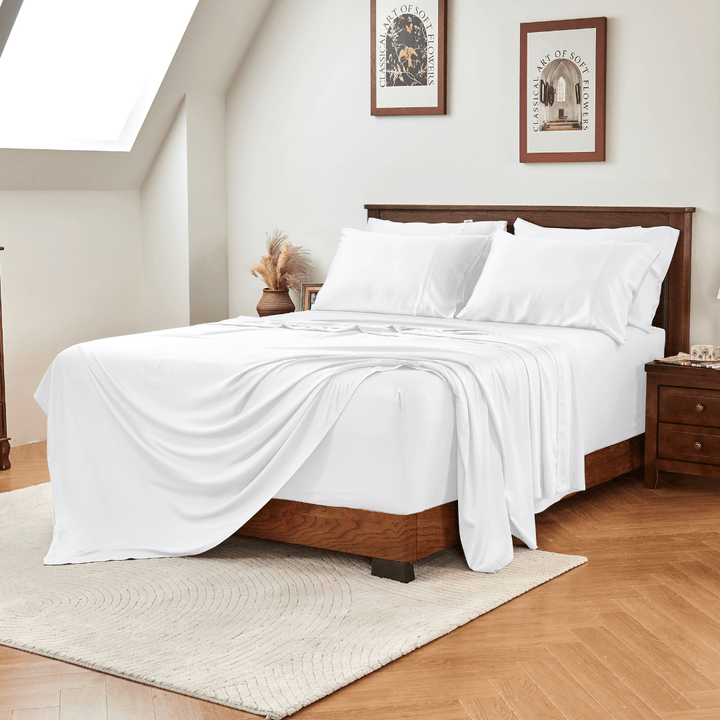

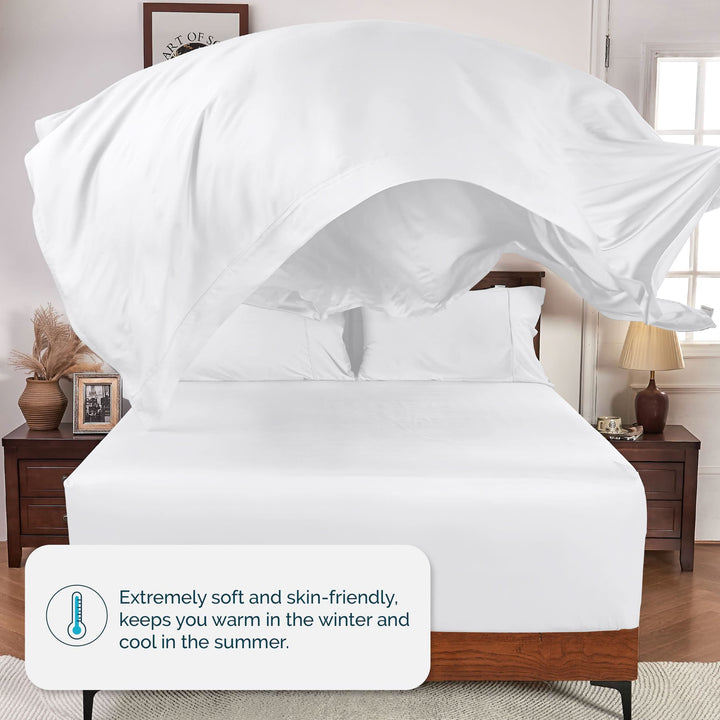

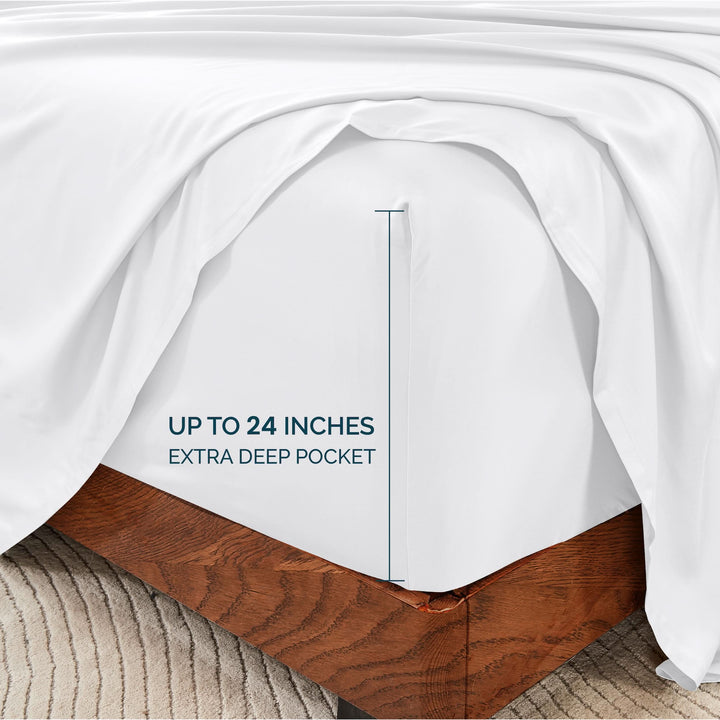

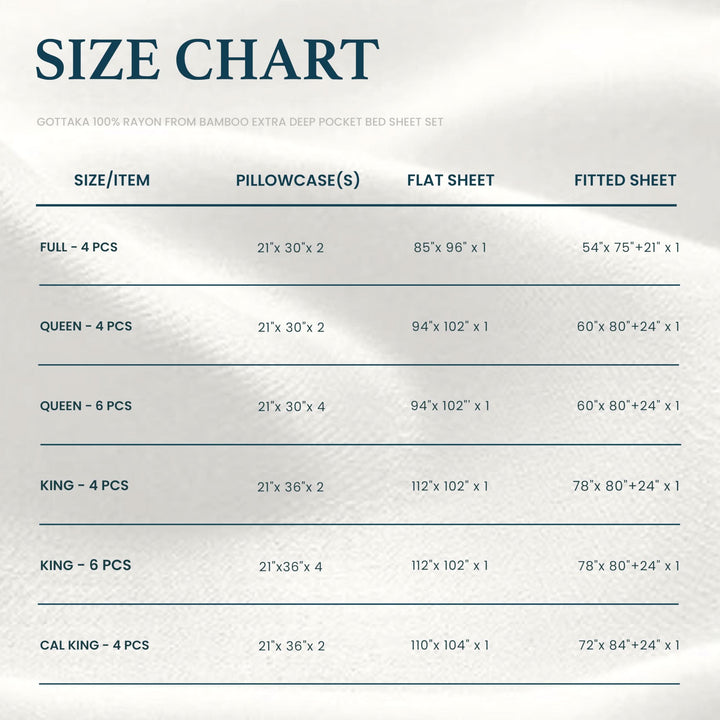

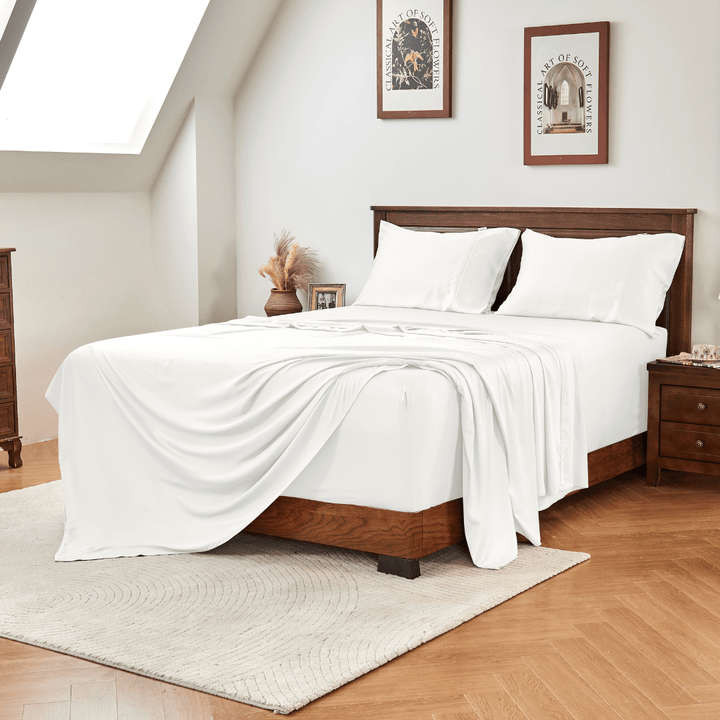
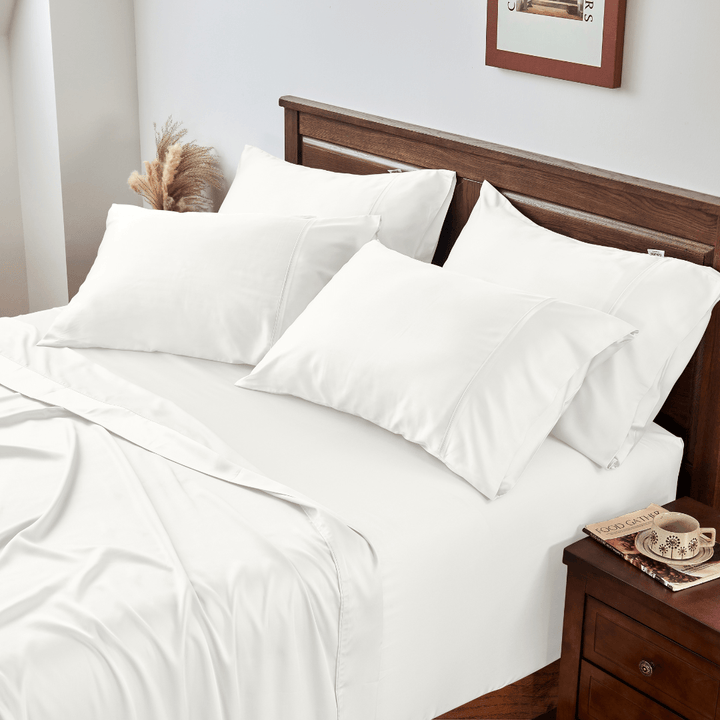
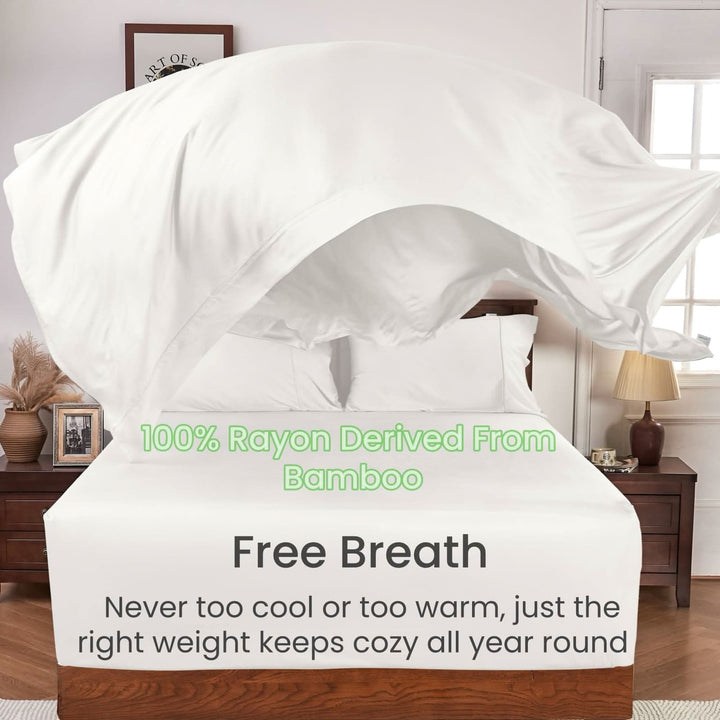

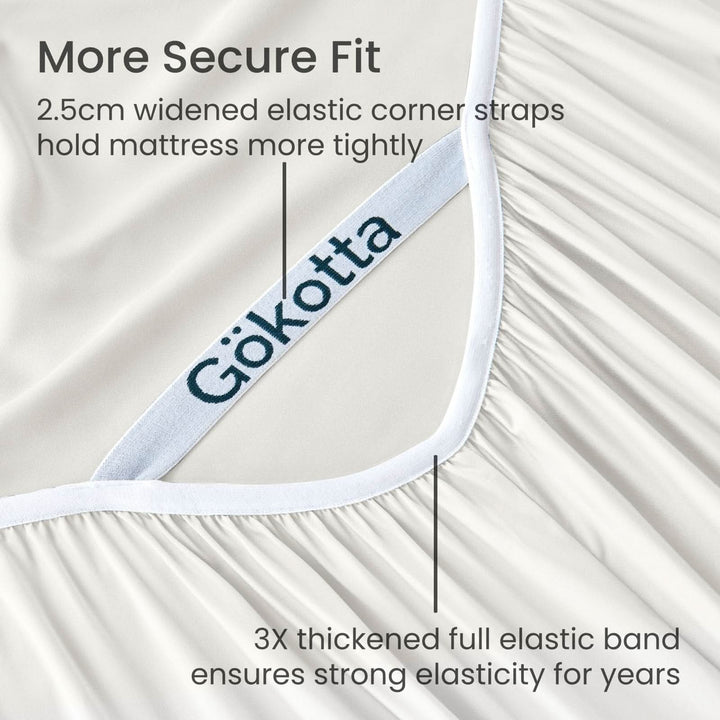
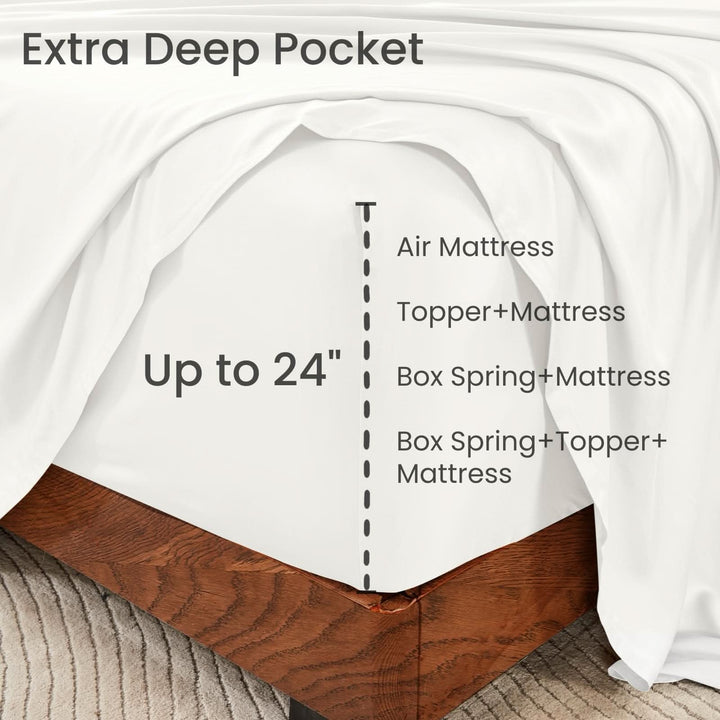
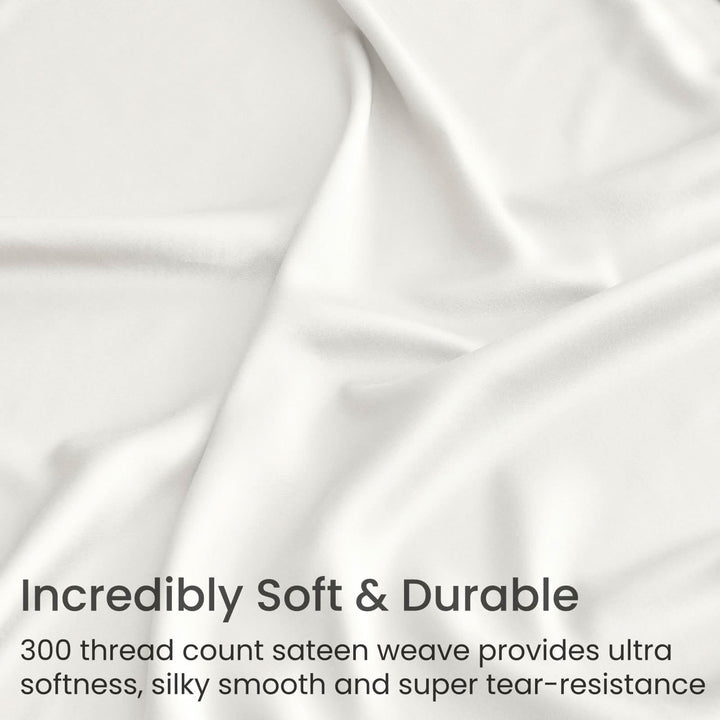
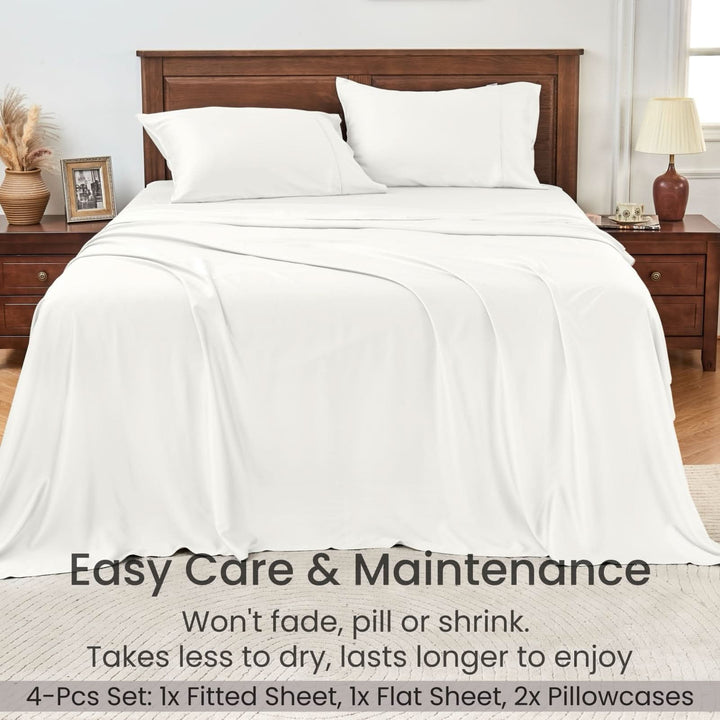
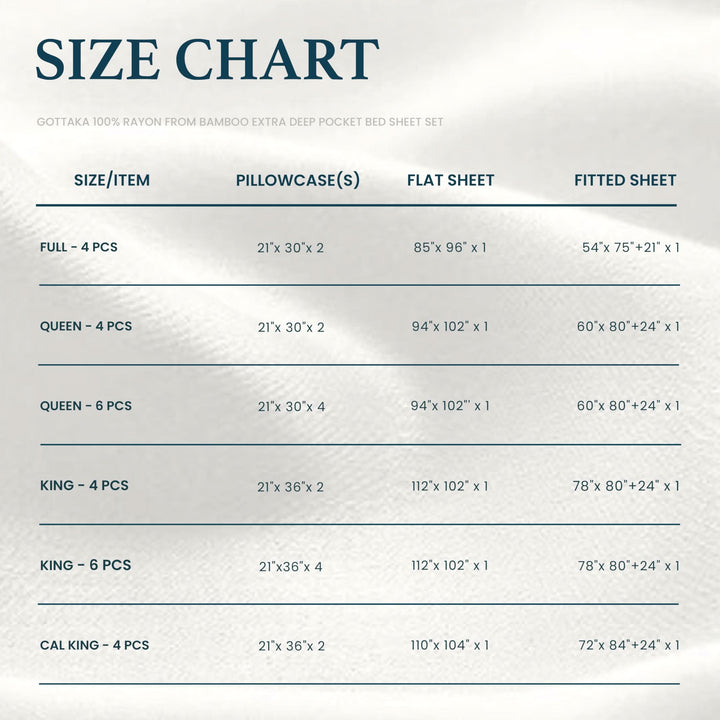
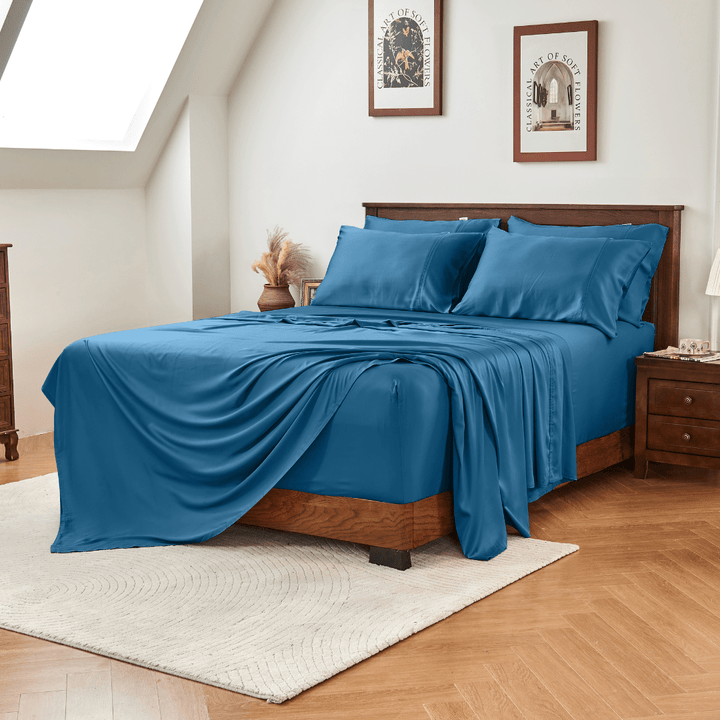


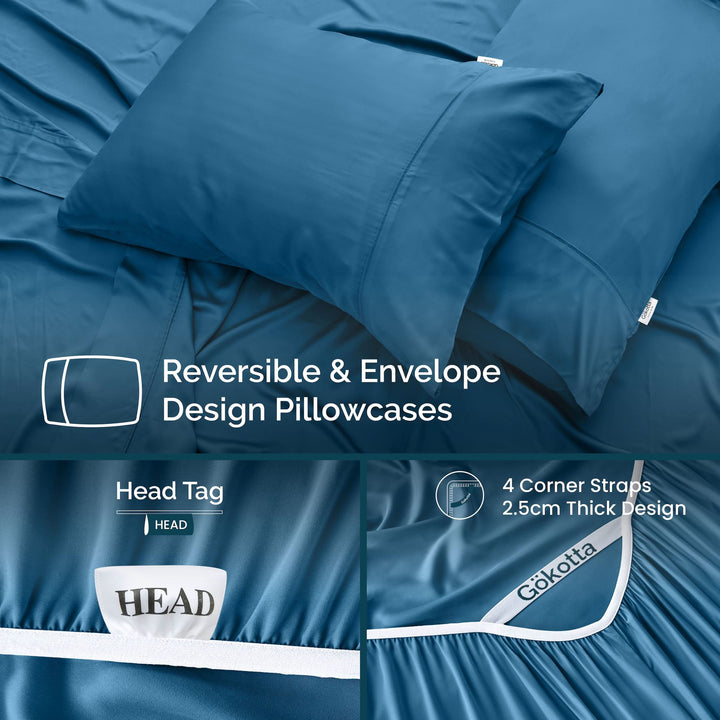
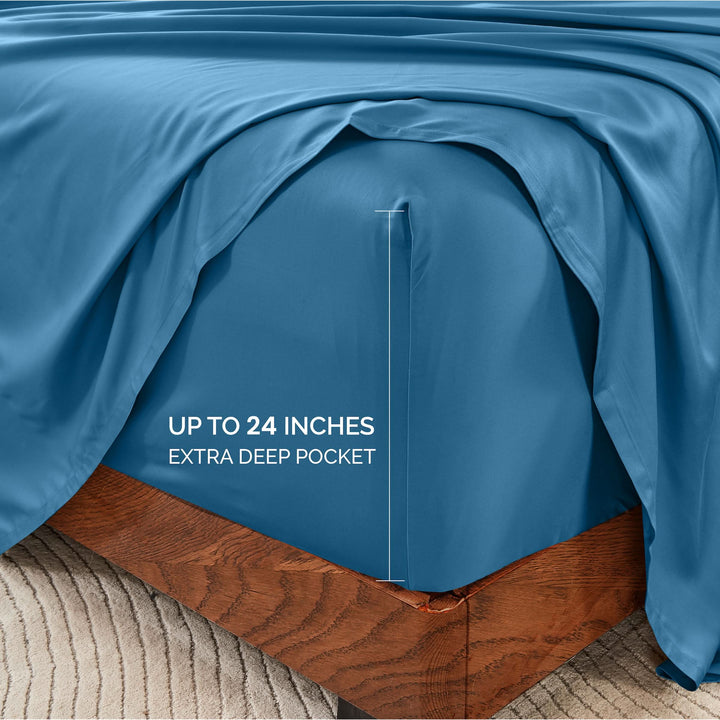
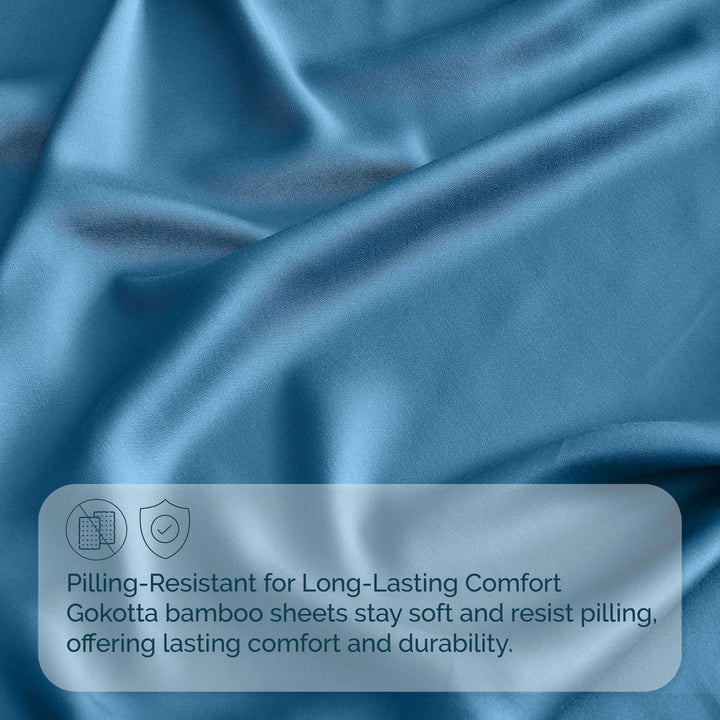

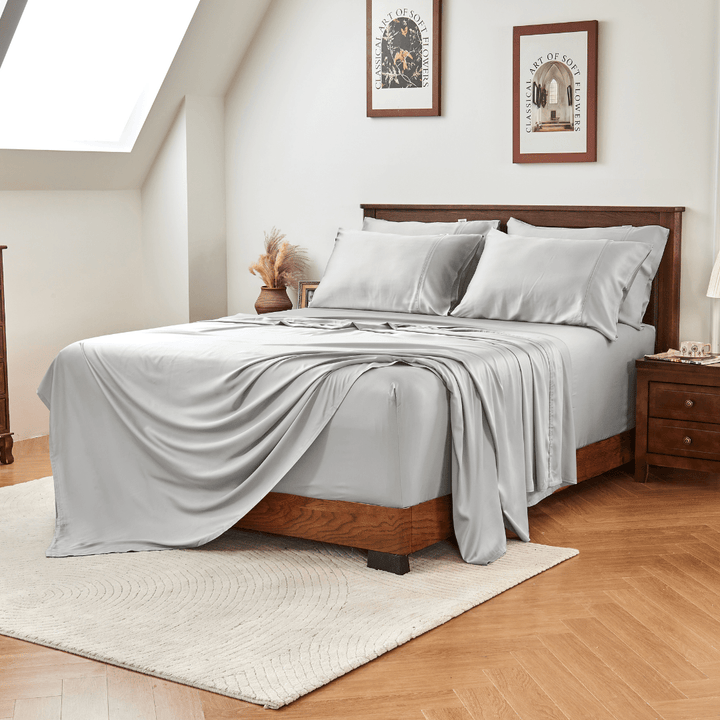
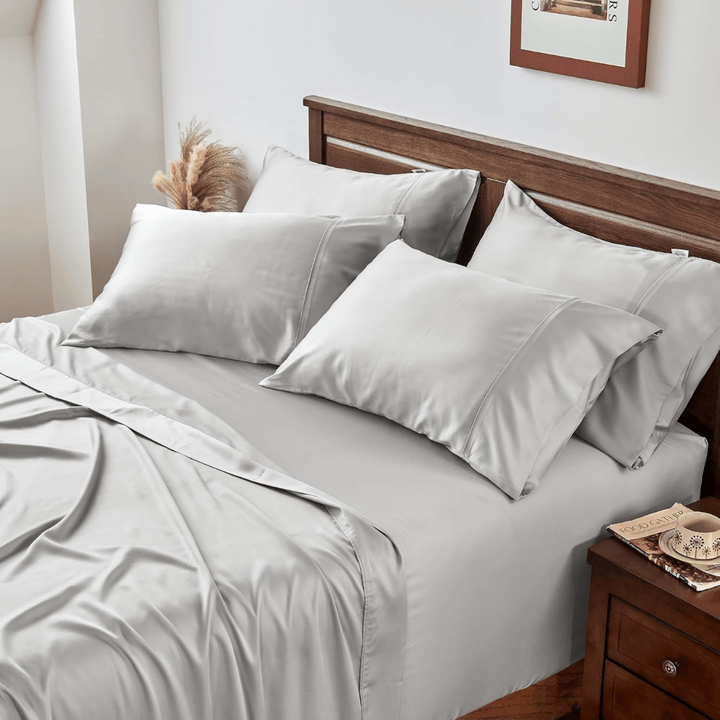
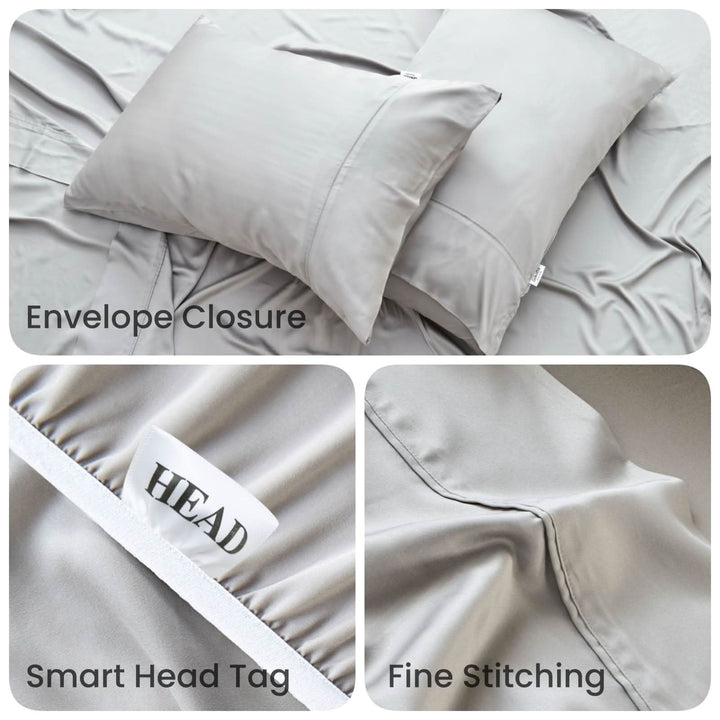

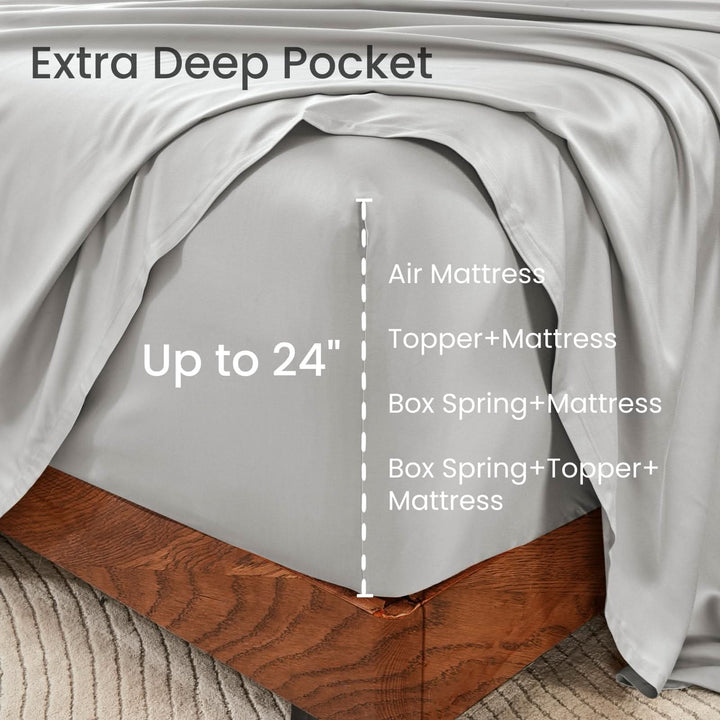
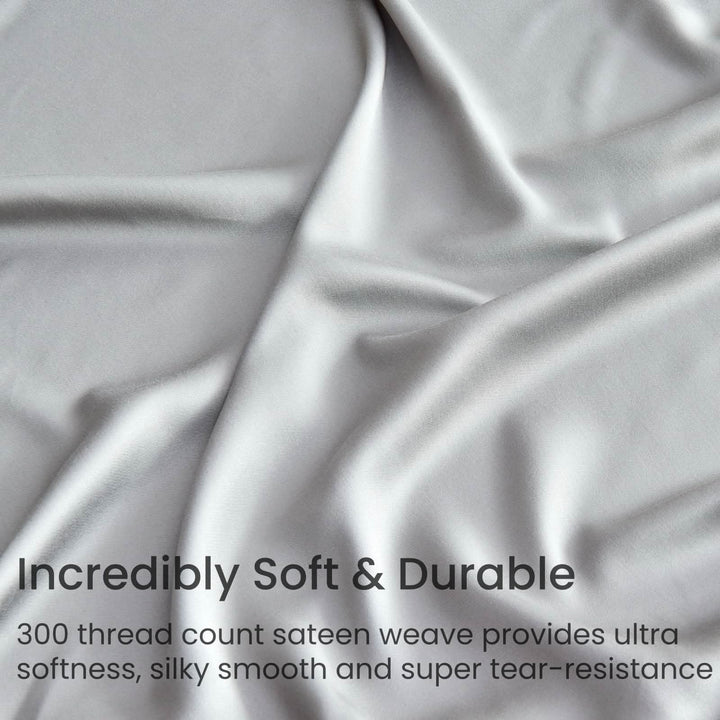



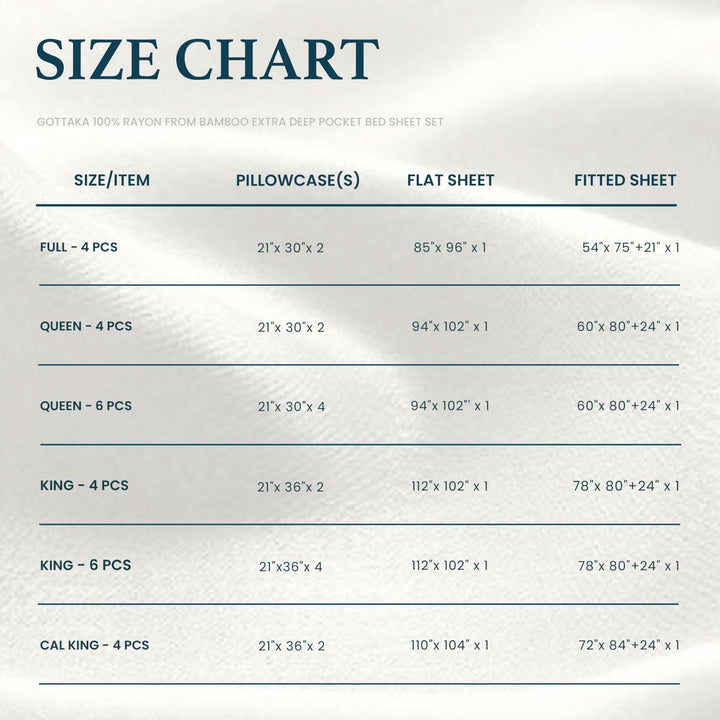

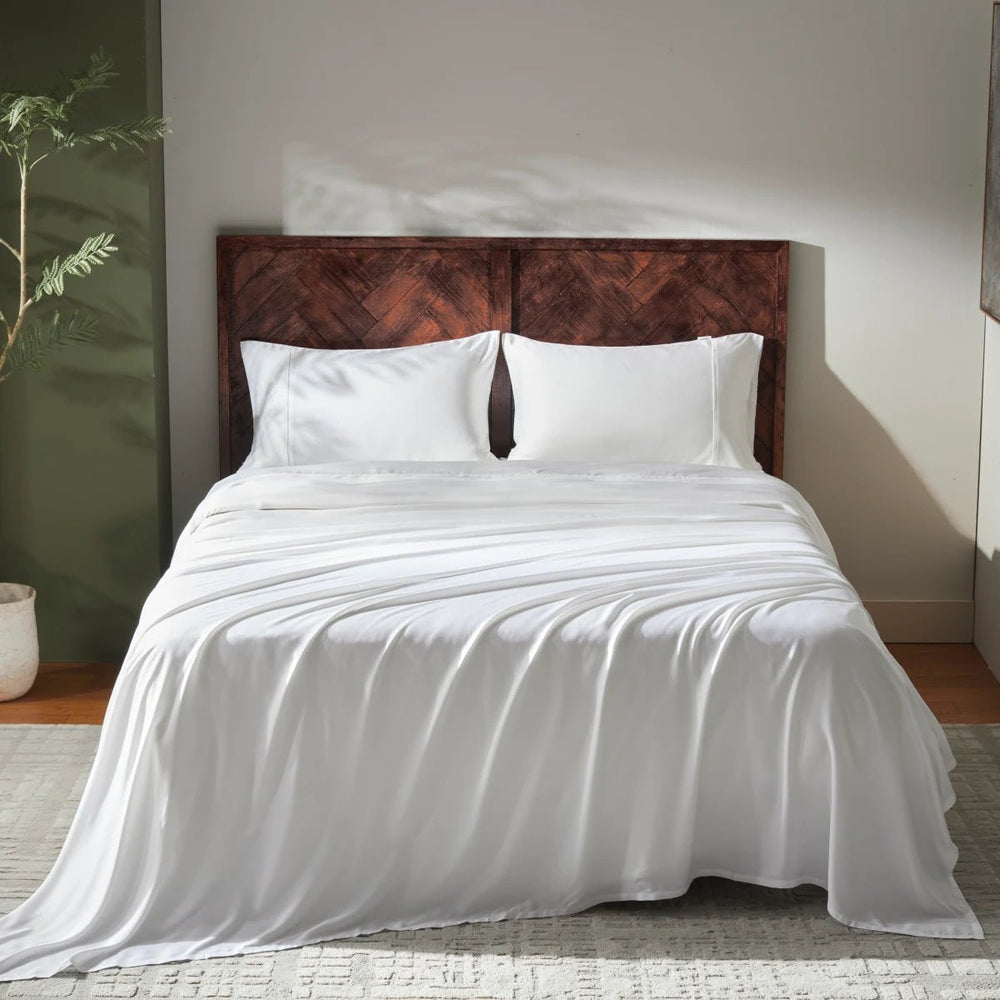
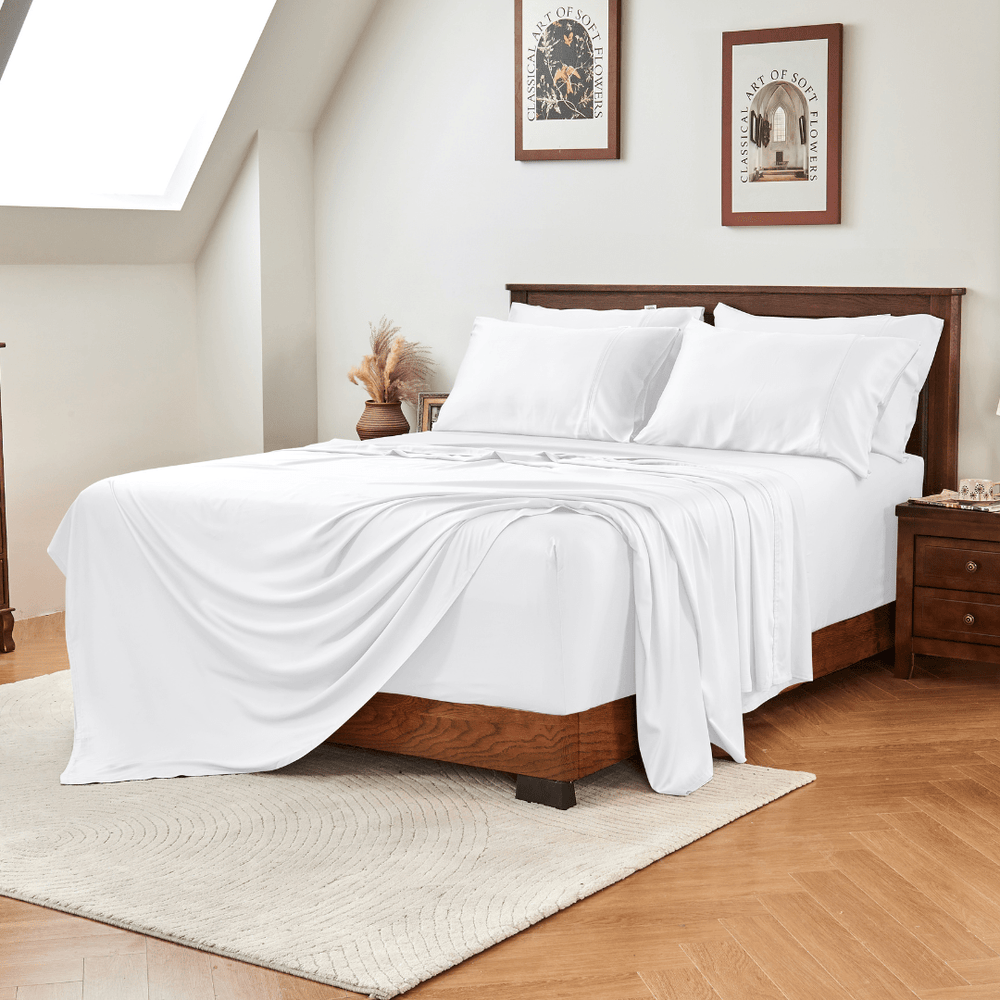
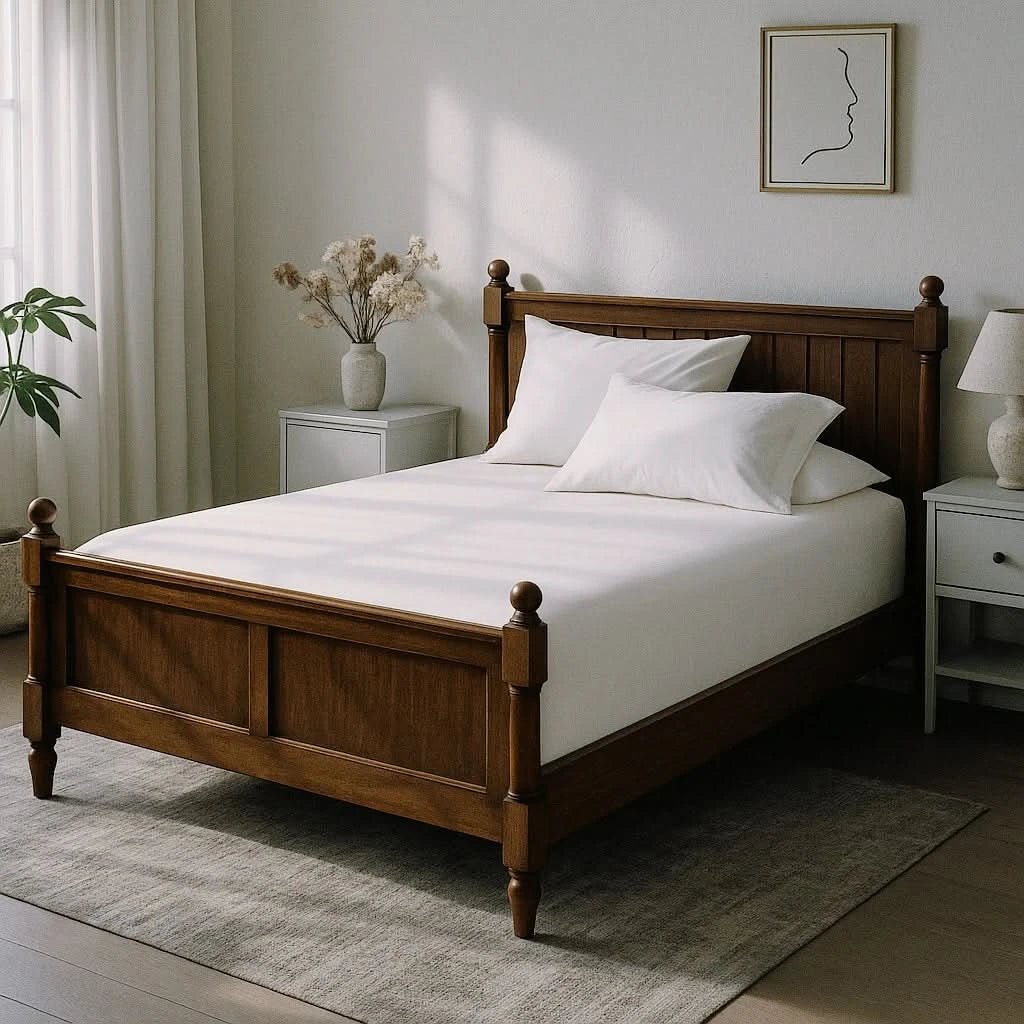
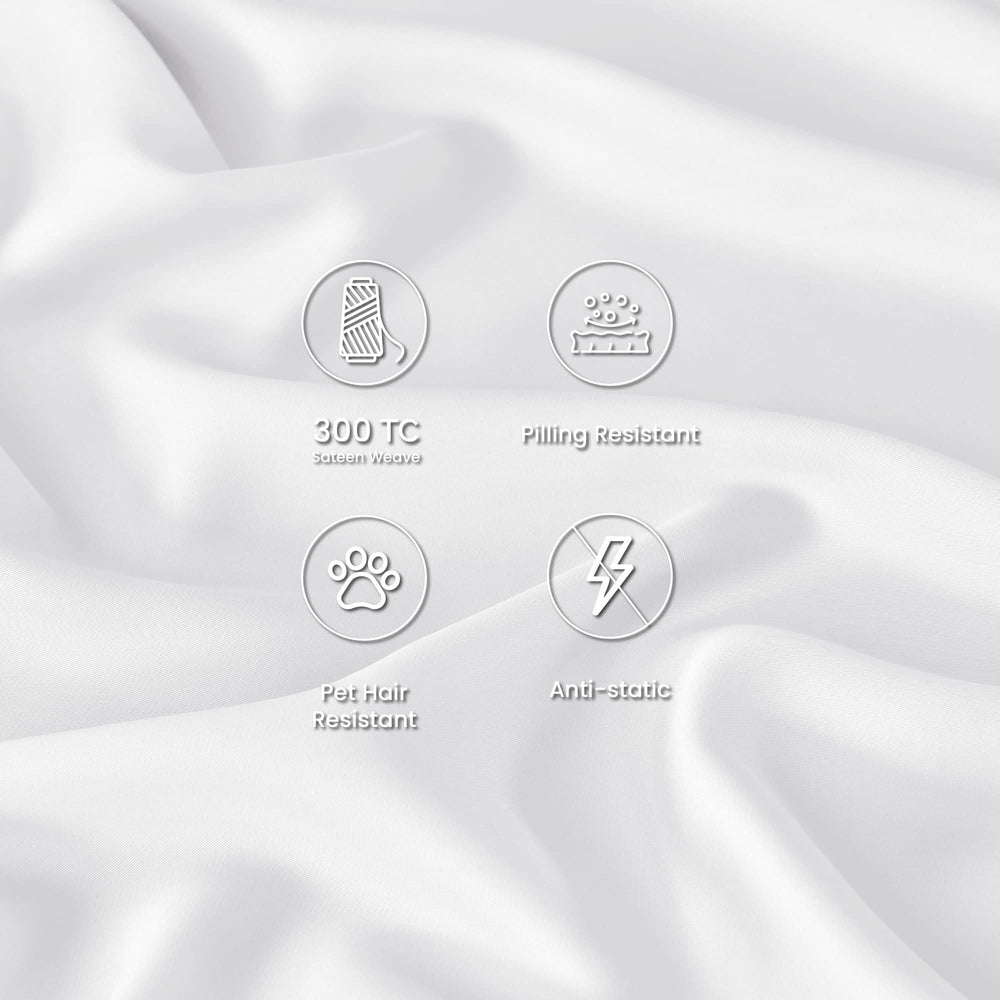
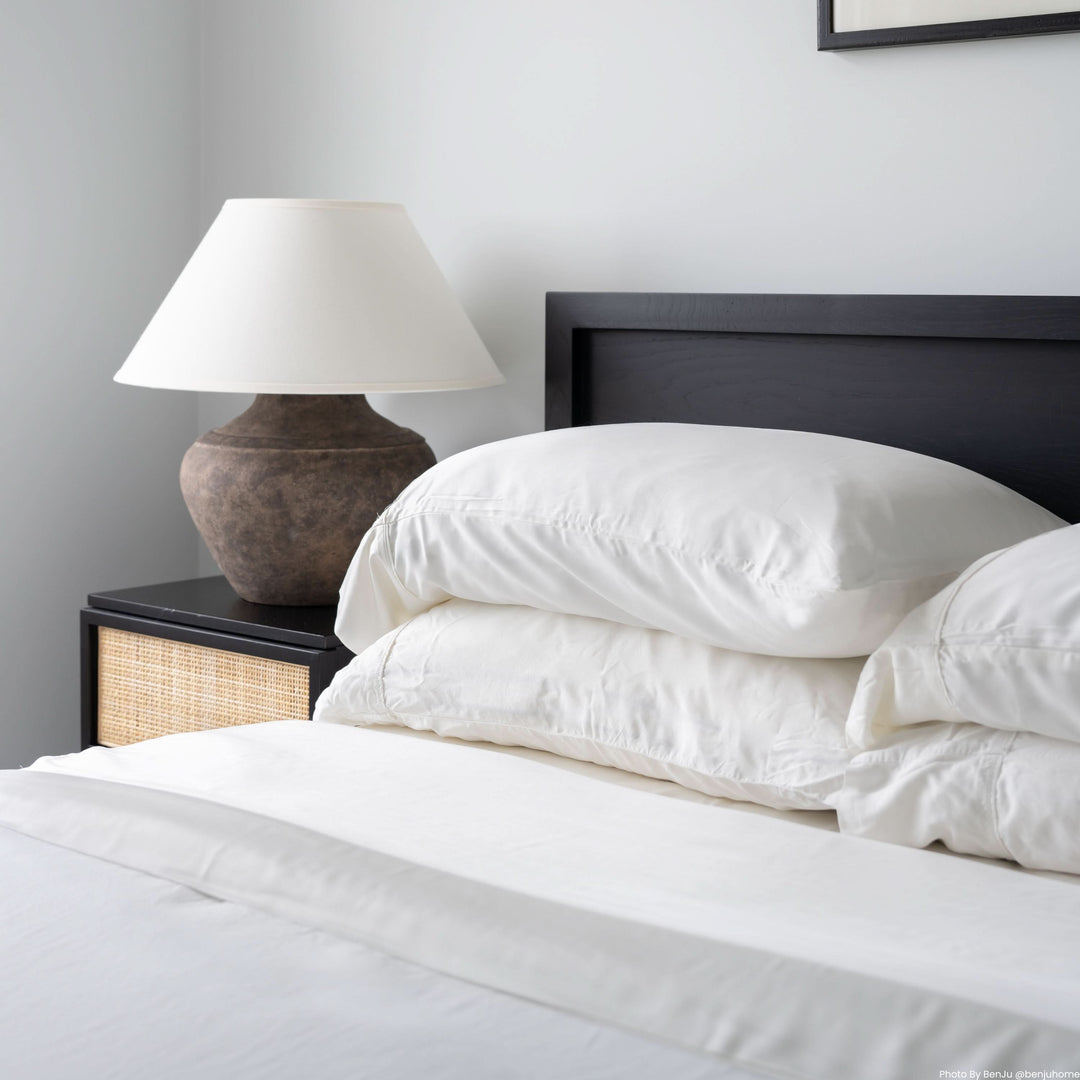
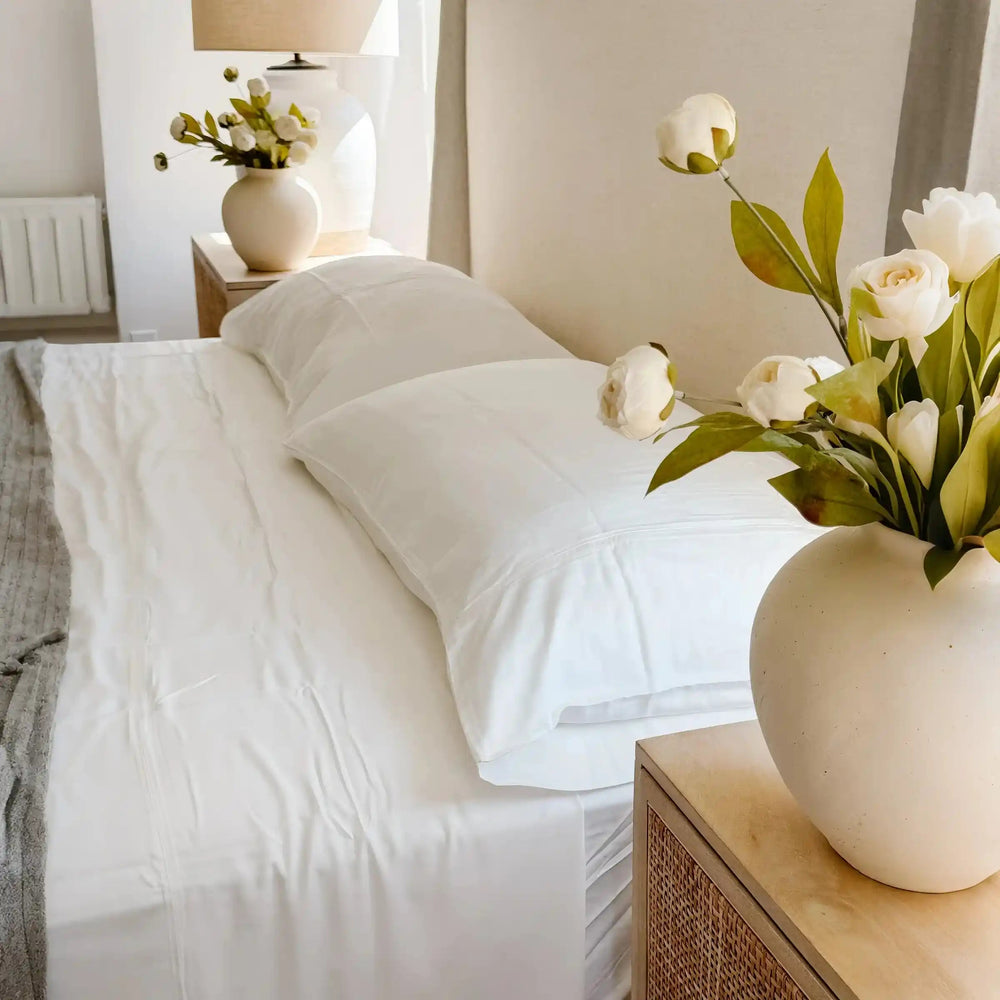
Leave a comment